Here’s how I save money as a pet owner without compromising on care
Looking to save some cash without skimping on pet care? Here’s how to save money as a pet owner while keeping your pets happy – no matter what species you share your home with
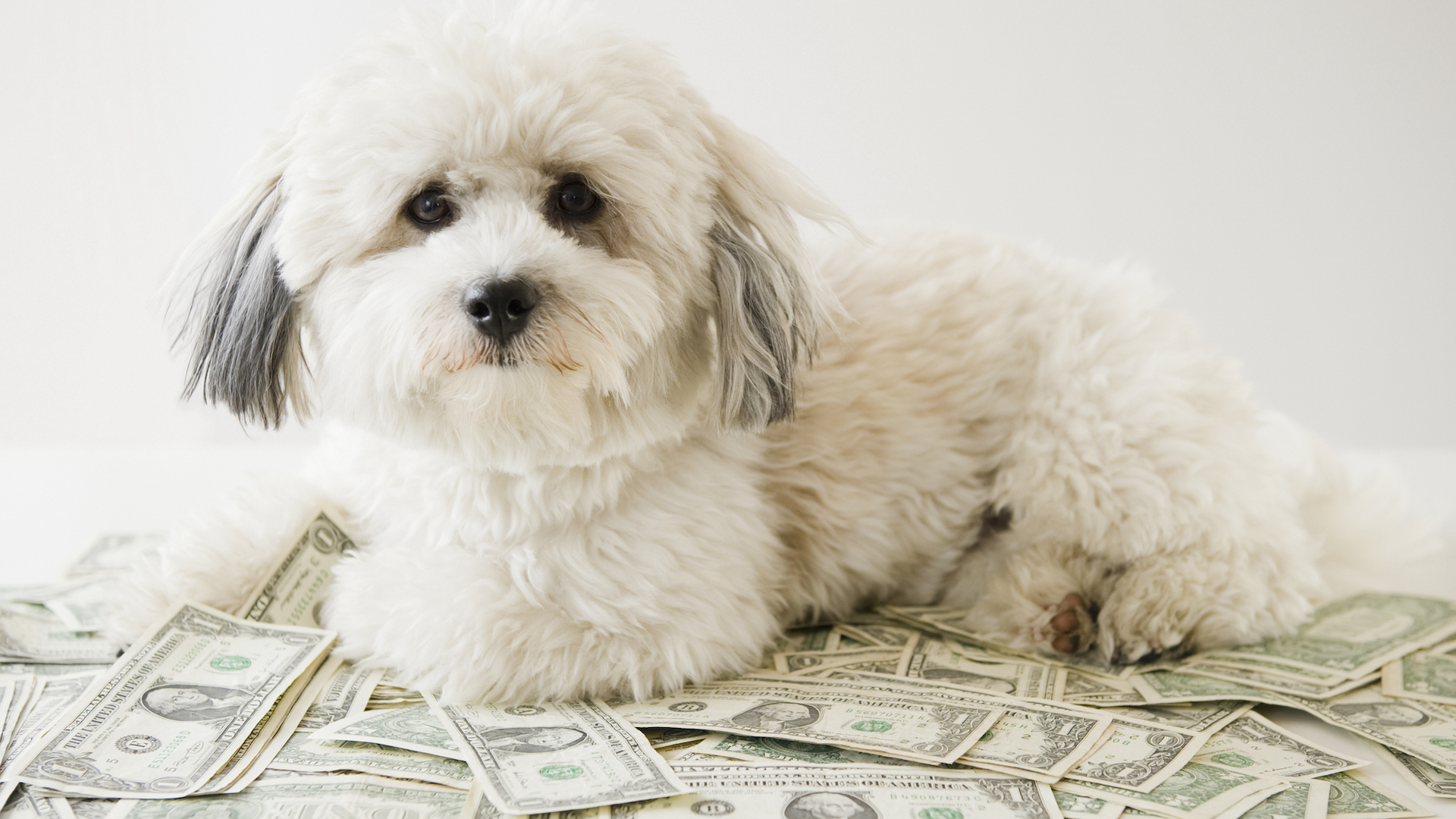
I adore animals – of nearly all kinds. But as a pet owner, I’ve learned the hard way that taking care of our furry friends can get expensive. Whether it’s food, vet bills, grooming, or toys, the costs of owning a dog (or any other pet!) can quickly add up, and it’s easy to feel like your budget is constantly stretched. Over the years, though, I’ve picked up a number of tricks and strategies to save money without compromising the care or happiness of my pets.
As my menagerie has expanded, I’ve learned to cut back on pet-related expenses, from DIY pet supplies to learning how to do a job so I don’t have to pay a professional. These aren’t just random money-saving hacks, but real-life strategies I use day in and day out to make sure I’m being both responsible and cost-effective.
Pets bring so much joy to our lives, though that joy is sometimes in danger of being weighed down by a hefty financial burden. But with a little creativity, a bit of planning, and careful research, there are ways to keep both your pet and your wallet happy.
If you’re after some clever ways to save, read on – these tips should help you stretch your pet budget further.
1. The wardrobe

I am a sucker for the latest pet accessory: cute fluffy coats in winter, Christmas sweaters, and waterproof macs. But a bit like the ever-growing shoe collection in my wardrobe, there comes a time when enough’s enough.
My dog has a perfectly good natural coat and rarely requires one for his daily walk. As for novelty sweaters, if you’re on a budget, your pet can surely go without. You know it’s only for your benefit anyway! It’s a really easy way to cut back on unnecessary expenditure at absolutely no detriment to your pet.
2. Home-made treats
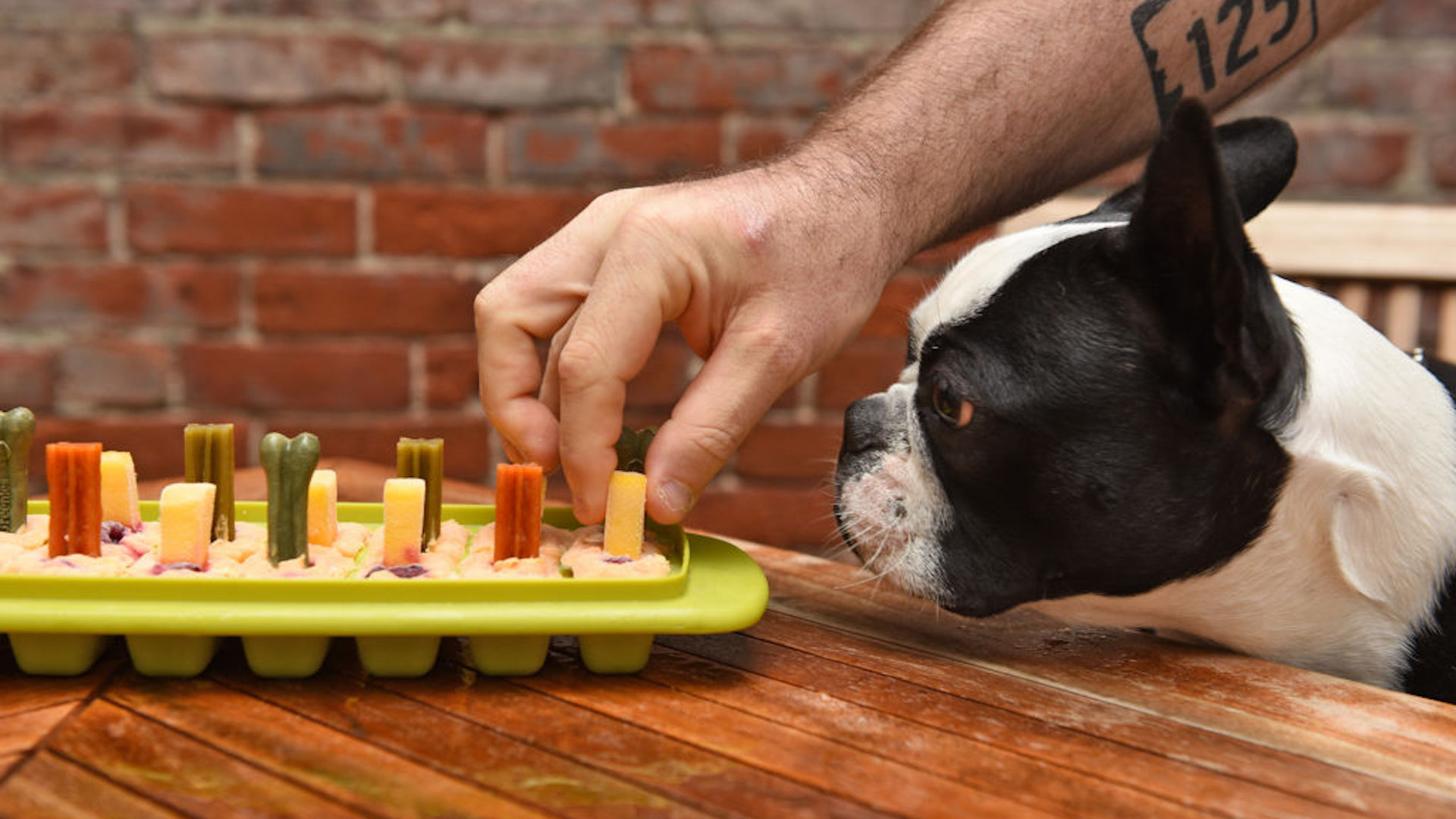
Tasty treats are very handy to have around, especially when it comes to rewards-based training. However, they can easily bite into your budget, especially if you find your pet going through more than you anticipated.
Get the best advice, tips and top tech for your beloved Pets
Home-made treats are usually much cheaper to make. You can make your own dog treats in bulk, with the added bonus that you are in control of what ingredients you use.
Another tip is to cut up the treats – whether store-bought or homemade – into tiny pieces. Your pet only needs a morsel to understand the reward for positive reinforcement to work, and it makes them last longer, therefore stretching the cost.
3. Pet-savings jar

I have a notional savings jar to provide a fighting fund for emergencies. Every month, I add a small saving – in my case, it’s $10 – that soon stacks up to be a useful sum. In addition, every time I make a saving that I would have spent on my pet – such as cutting down on the dog-walker or resisting the temptation to buy him a fourth Christmas sweater – I put it in this “jar”.
This means that when unforeseen expenditures crop up (which, let’s face it, with pets they do), it’s no drama.
4. Subscriptions
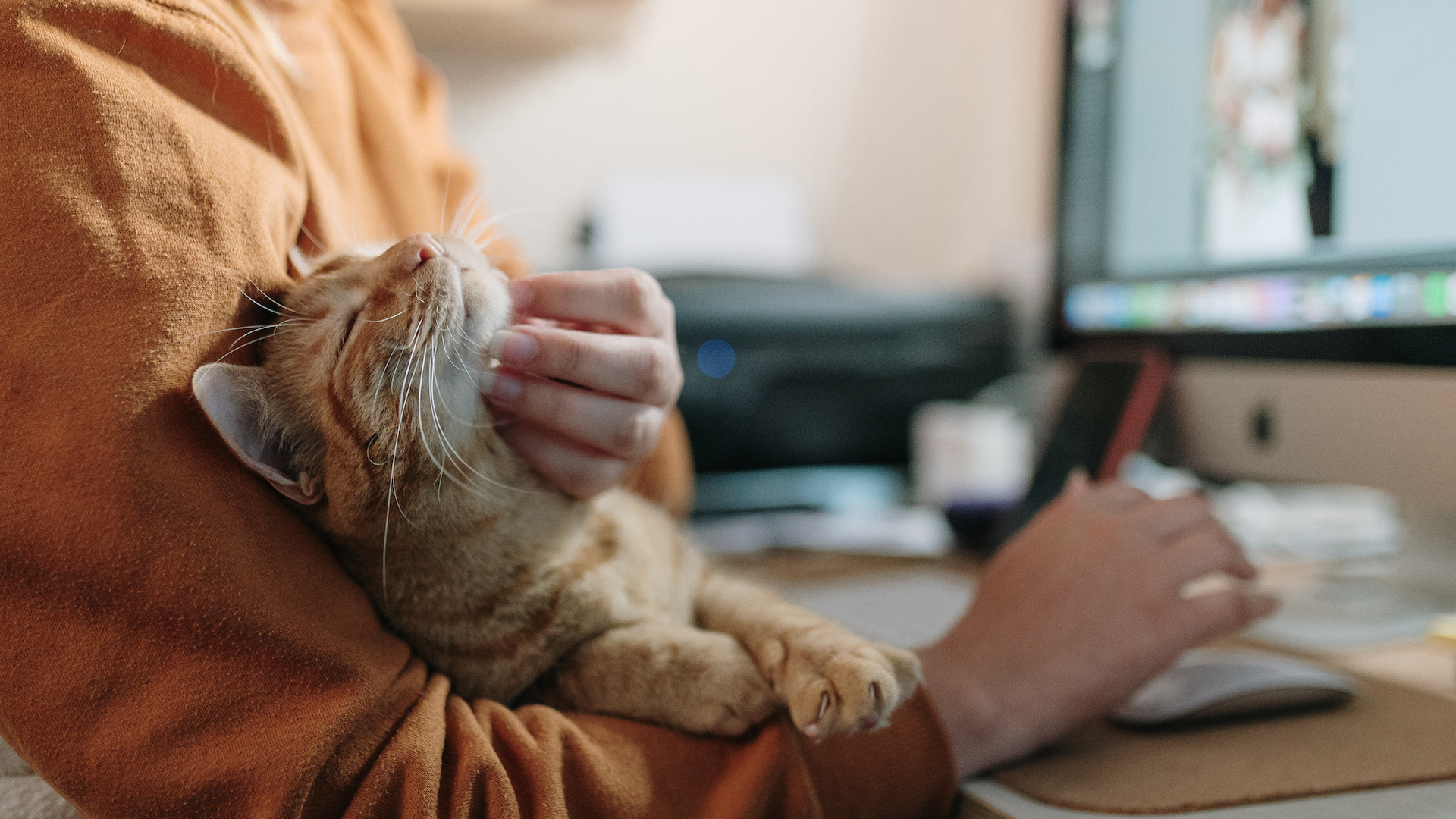
I have my pet food delivered monthly on a subscription as this is the cheapest way for me to get a high-quality product. It also gives me peace of mind that I will have sufficient food to last the month, and I don’t have to make sudden, expensive purchases of unfamiliar food at the store, because I never run out.
Bear in mind, though, that some subscriptions can be a false economy. Every three months I go through my subscriptions to check if they are still needed, or whether there is a cheaper equivalent elsewhere. It’s all too easy to sign up for something you no longer use, or not realize it has gone up massively in price since you first started the order.
Keep an eye, too, on the regularity of the delivery. If, for example, you have a food delivery that is too frequent, you may find you are unable to use the food before it expires.
5. Buy in bulk
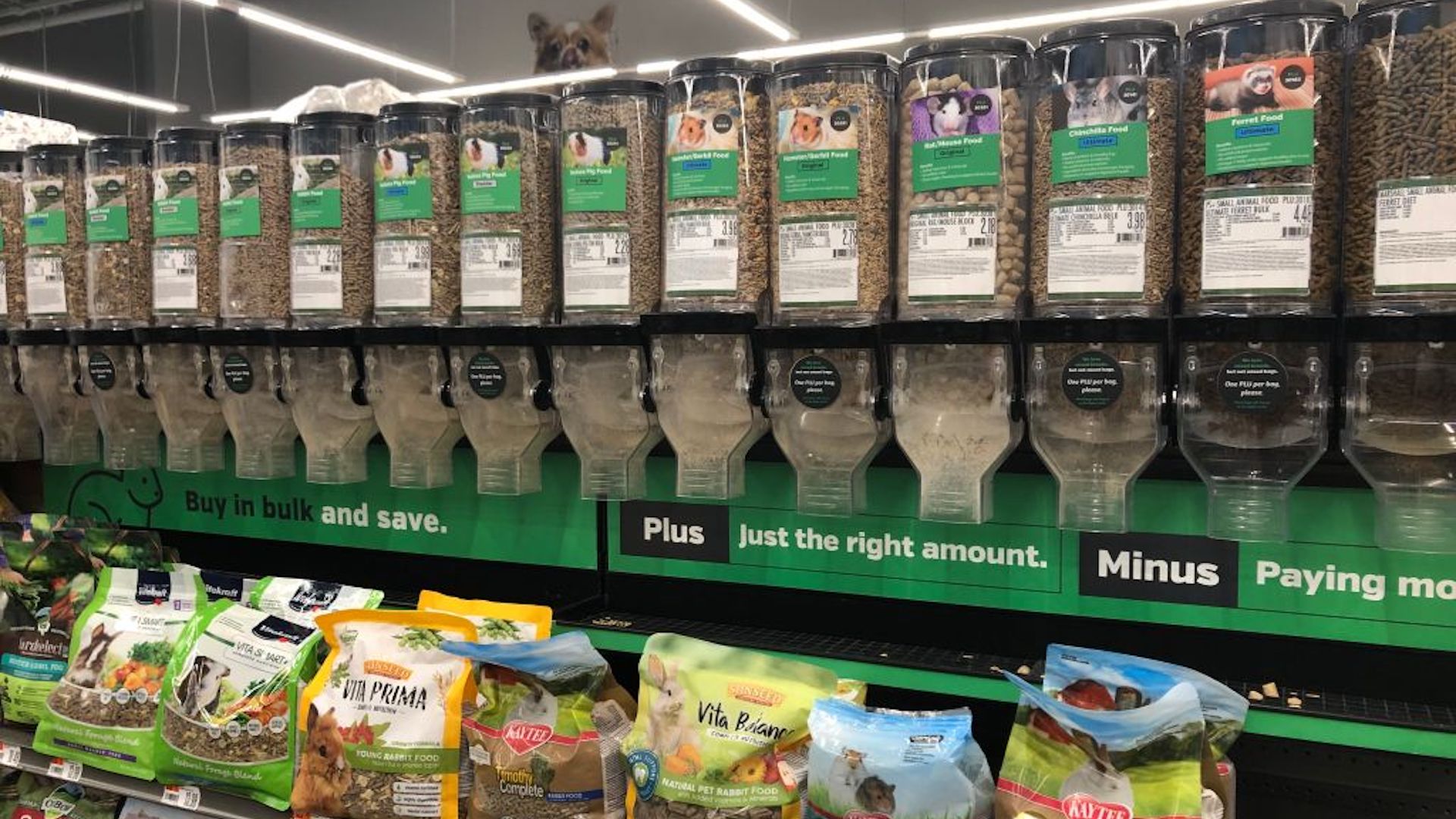
Spend now, save later. It can feel extravagant handing over a large sum of cash for a certain pet product, but if you have sufficient storage, it’s nearly always better to buy a large amount rather than many small packets on a weekly basis. Keep an eye out for buy-one-get-one-free deals on your regular purchases, although be careful not to buy a product you don’t need just because you think it’s a bargain.
And always make sure you can use the product by the use-by date or you’ll be pouring money down the drain.
6. Brush teeth
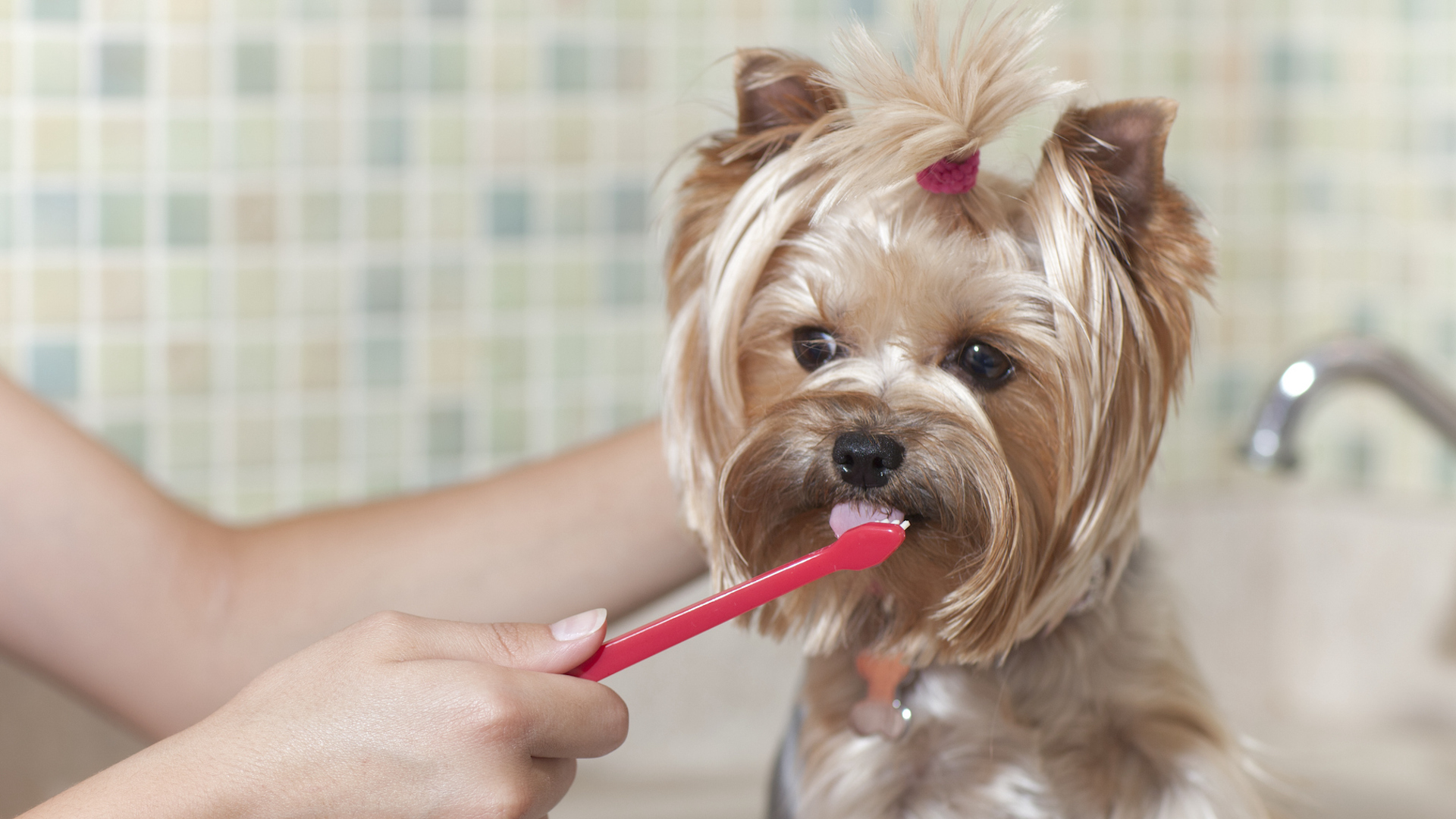
Who would have thought that such a simple daily habit would have financial benefits? But keeping on top of your dog or cat’s dental hygiene through regular brushing avoids the likelihood of painful dental problems and expensive treatment. Few insurance companies include dental work as a standard.
Learn how to brush your dog’s teeth (or cat’s teeth) and how to keep your dog’s teeth clean, and save yourself a big bill down the line.
7. Insurance
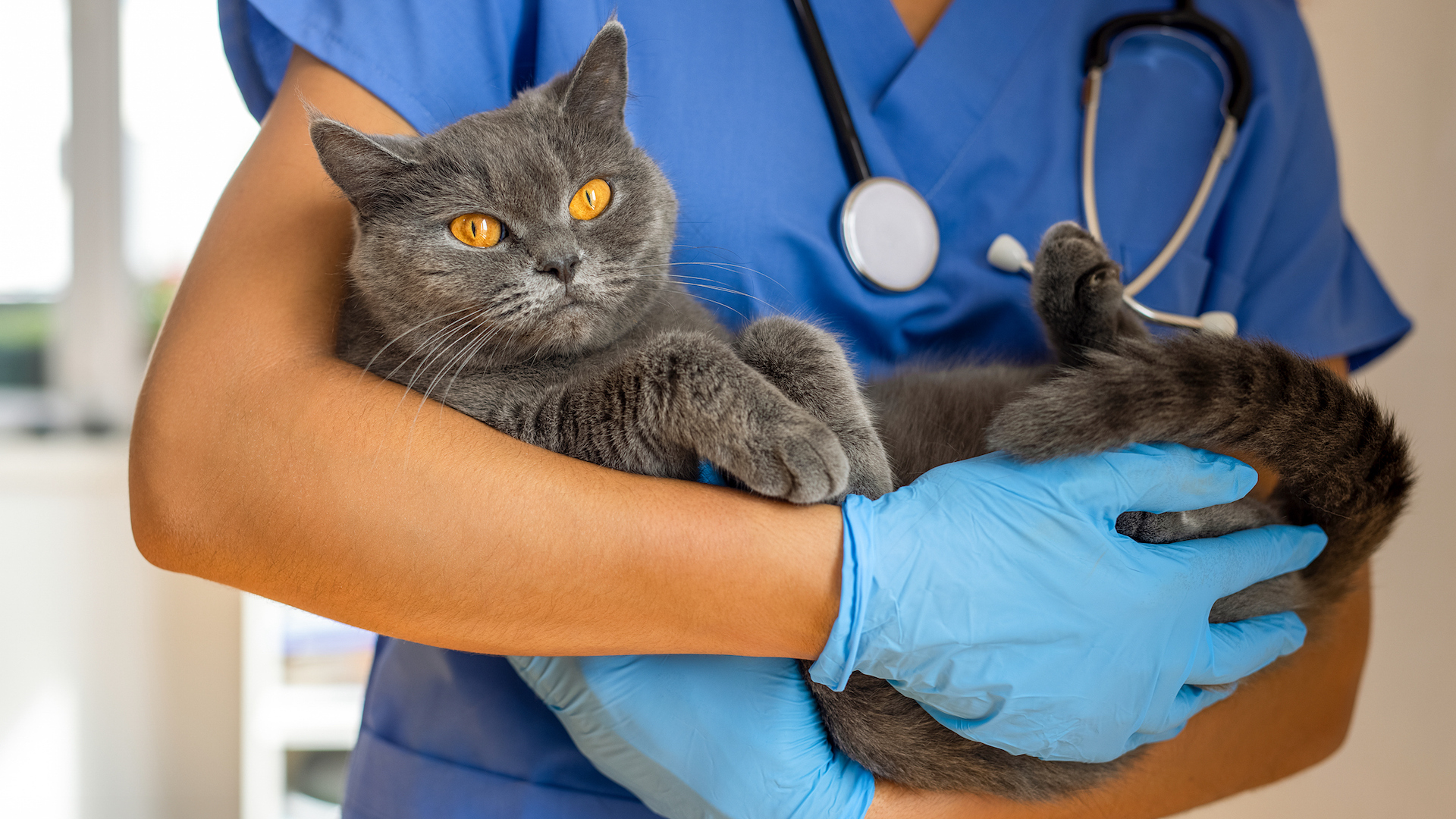
Pet owners often drop their insurance coverage when the budget gets tight. Yes, it can seem like an obvious saving, especially when you have made no claims. However, you never know when accidents or illness may strike. The resulting bill is likely to be far more than you would have saved. It may even give you an agonizing decision on whether or not you can afford to pay for the treatment at all. Don’t risk it and invest in some of the best pet insurance.
8. Rewards programs
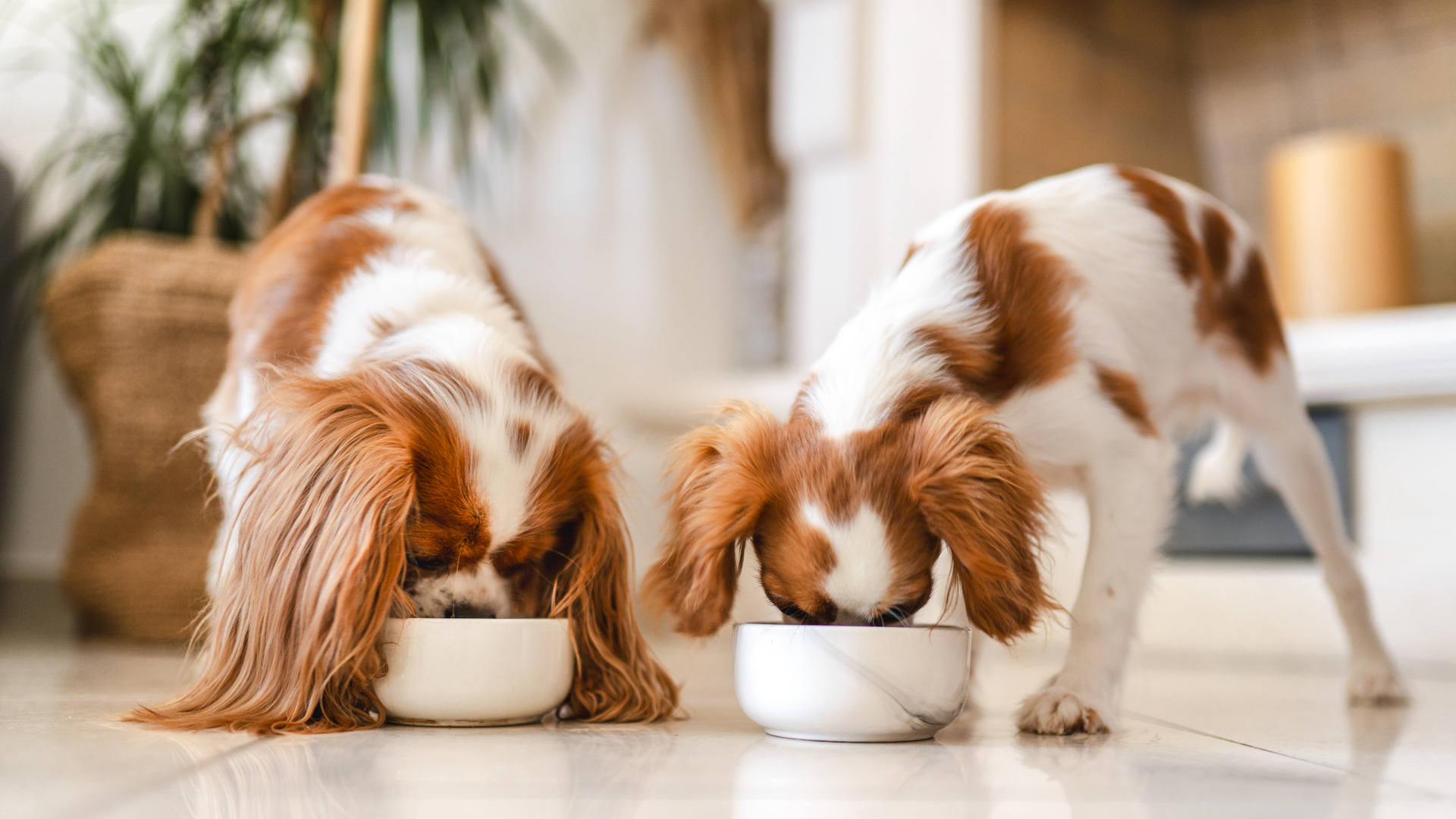
Pet stores love to reward regular customers, so sign up for any loyalty clubs they offer. It will cost you nothing to get the card, and you’re likely to benefit from vouchers targeted toward your spending habits, special offers on your pet’s birthday, and reductions on essentials.
9. Friendship groups

Most pet owners are in the same boat in needing occasional care for their pet while they are away, at work, or called off to an emergency. It’s worth developing a network of local, like-minded friends that you can both call on for favors and offer reciprocal care.
Spend time with them and their animals, so that they’re all used to each other, and then you have no qualms about leaving your pet with them. This could save you a lot of money on emergency dog-sitters – with the added bonus that when it’s your turn to look after their pet, you get double the love!
10. Adopt, don’t buy
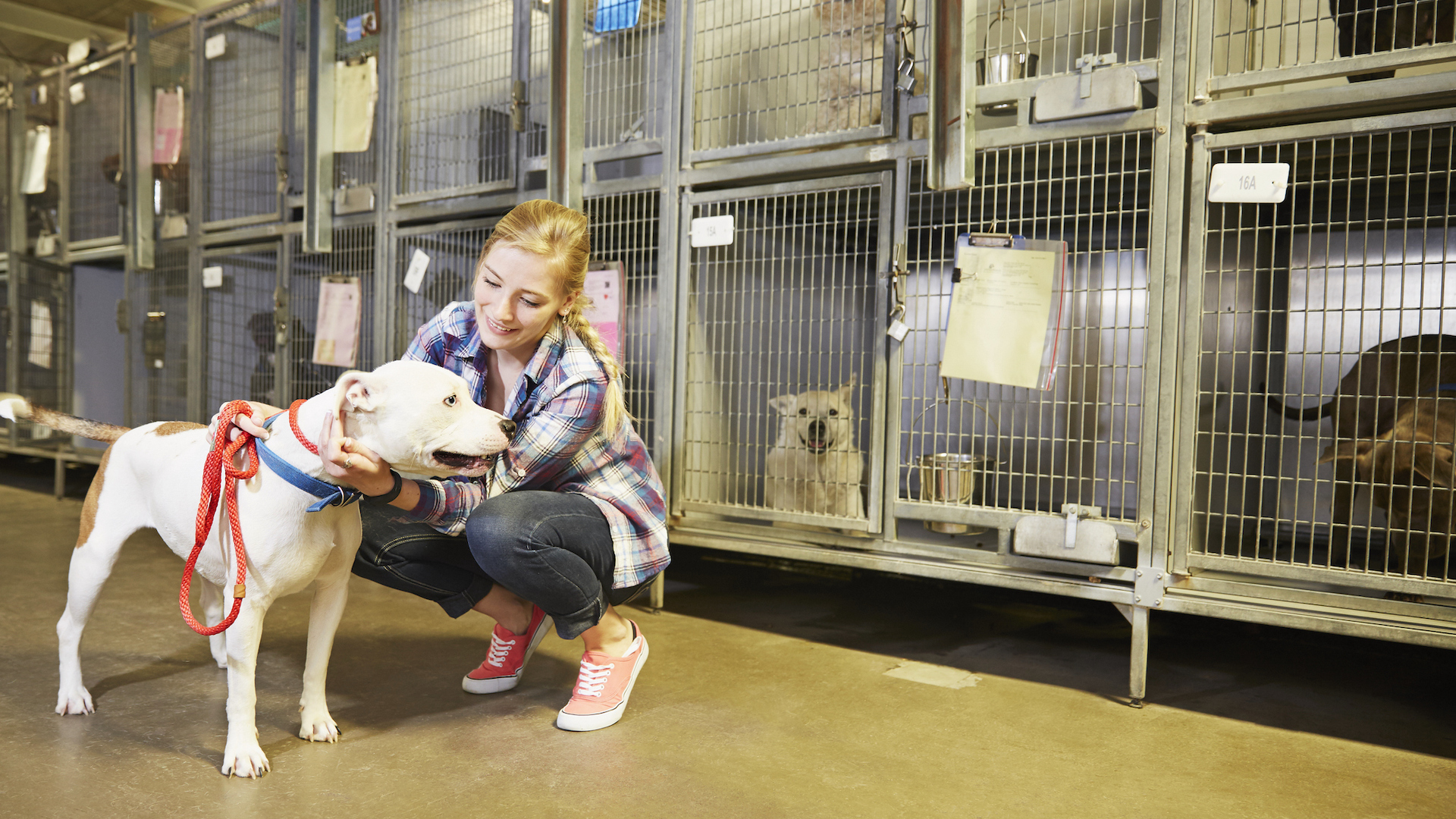
The regular maintenance costs of keeping pets wear down the bank balance and take a chunk out of your salary, but the initial expenditure is typically the most significant, running into thousands for a pedigree dog or cat.
Consider whether you could adopt an unwanted pet. There are many lovely animals waiting for a forever home in rescue shelters, so you will also be doing your bit for the animal kingdom, and saving yourself a hefty price tag.
Here are some more reasons to adopt a dog, as well as dog adoption tips from our vet.
11. Thrift stores

Many items that we use for our pets can be bought inexpensively from thrift stores, rather than brand new from a pet store. For example, blankets and pillows for their beds, bowls for food and water, and even some specific pet products, such as hamster cages and rabbit hutches. Within a week even new items will look second-hand anyway!
12. Vacation choices
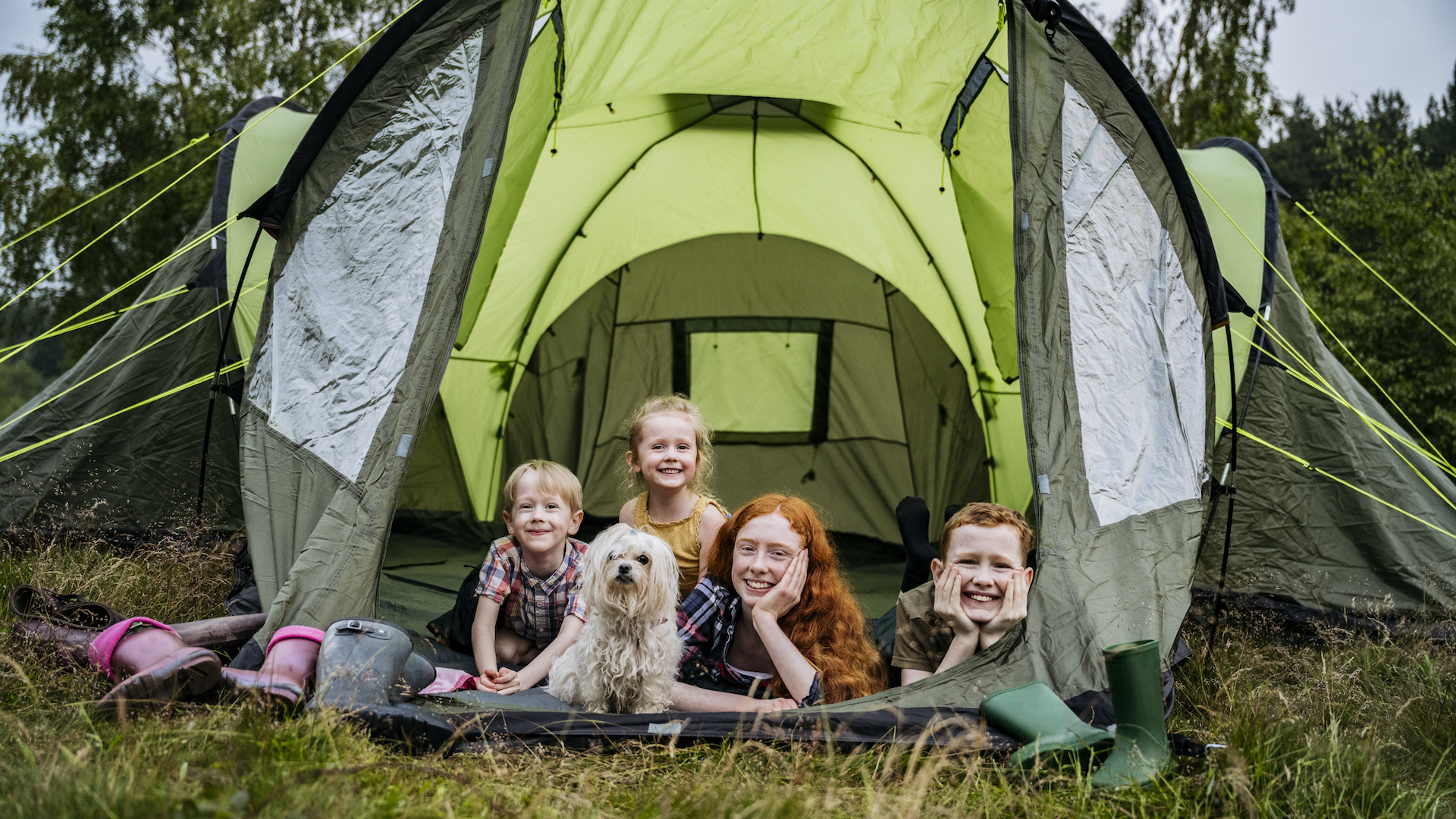
Vacationing with your pet is hugely rewarding – in fact, I’d go as far as to say that I feel quite bereft when my dog doesn’t come with us and I’m constantly wondering how he is. This is just one of the reasons to take your pet on vacation with you.
We always try to find vacation locations and B&Bs where we can take our dog with us, and the hamster in its cage. That way, we don’t have to pay expensive boarding fees, and we aren’t worrying how our pet is faring in our absence.
13. Exchanges
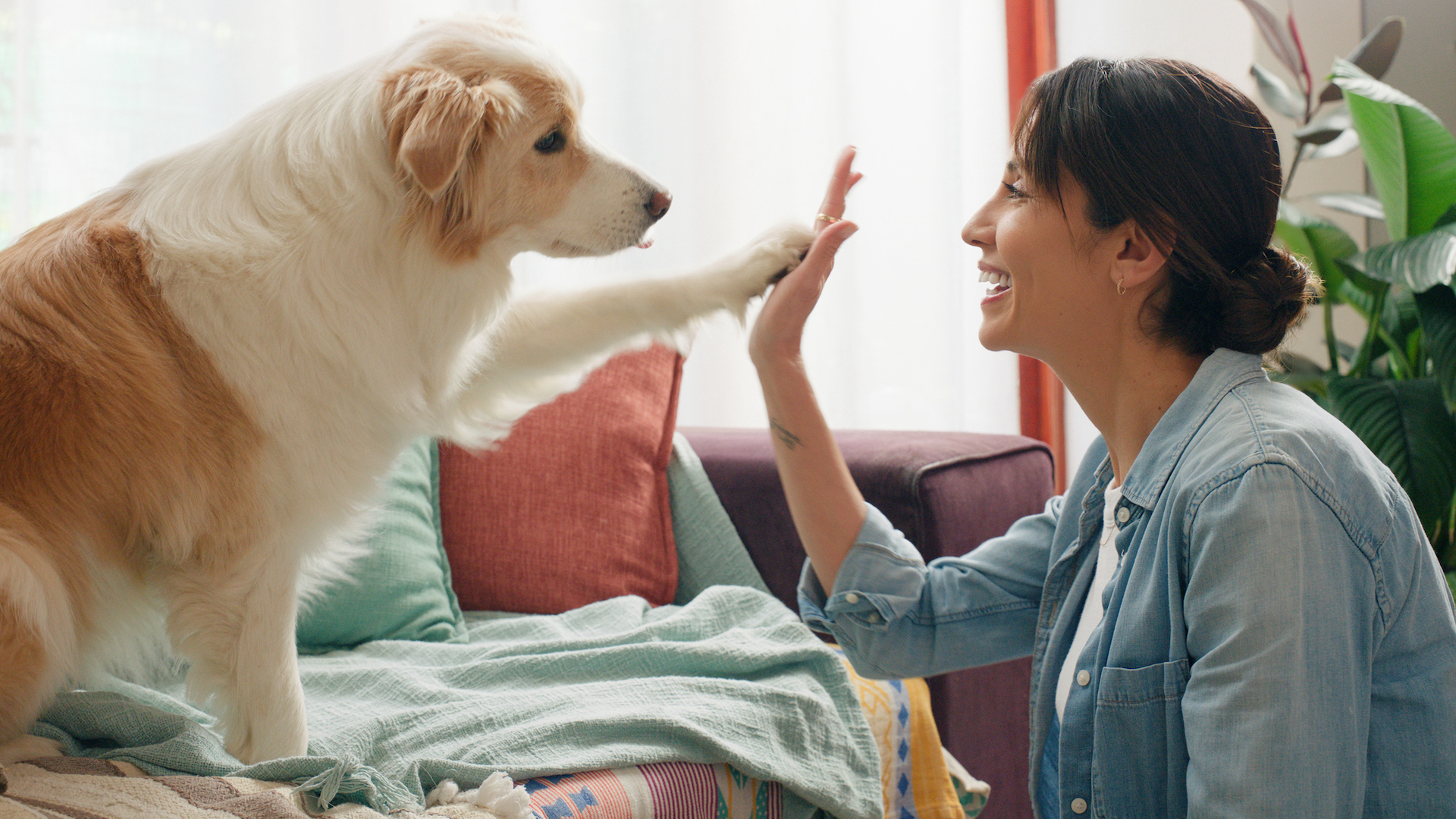
There are a few options when it comes to saving money on boarding fees – which add a significant whack to your overall vacation costs – when you go away and have to leave your pet behind. I have a couple of local friends and family who are happy to have my pets stay with them for a week or so, and I’ll have theirs when they’re jetting off.
Another option, which only works if you live in a nice setting, is to use a house-sitter who will stay in your home and look after your pets, in return for the free use of your accommodation. For those who live in touristy areas, this is a winner.
14. DIY training
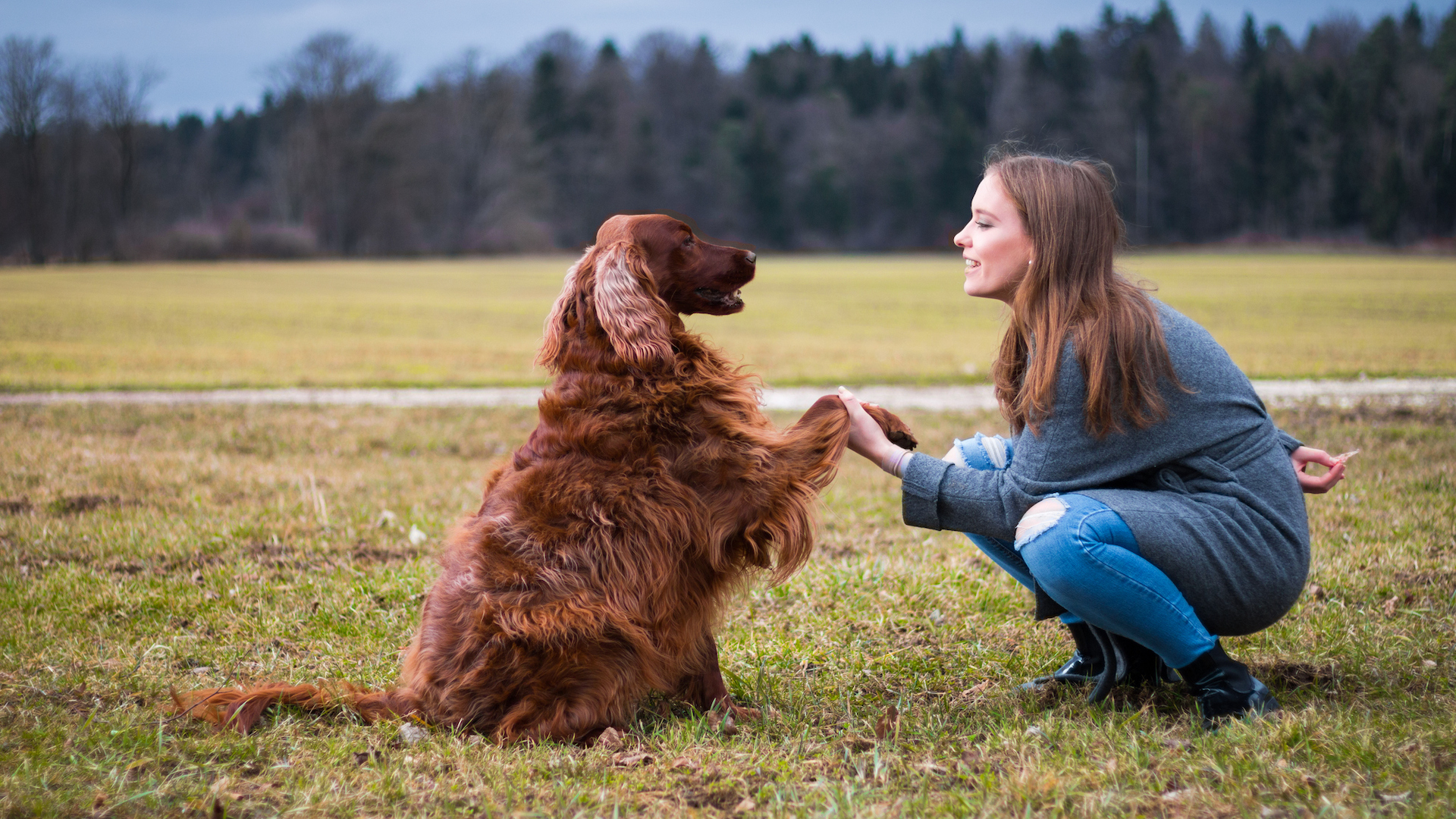
Training your pet, especially if it’s a dog, is essential. However, using a professional trainer can be very pricey. Puppy classes probably won’t break the bank, but once you start going down the route of more specific training, or residential courses, the fees quickly mount.
There are endless practical tips for training your pet. Especially with the help of online tutorials, books, and doggy groups, you can learn to do most basic training yourself. The huge bonus with this is that it will help you to bond with your pet, rather than someone else doing all the hard work building a relationship that will not endure.
15. Appropriate feeding
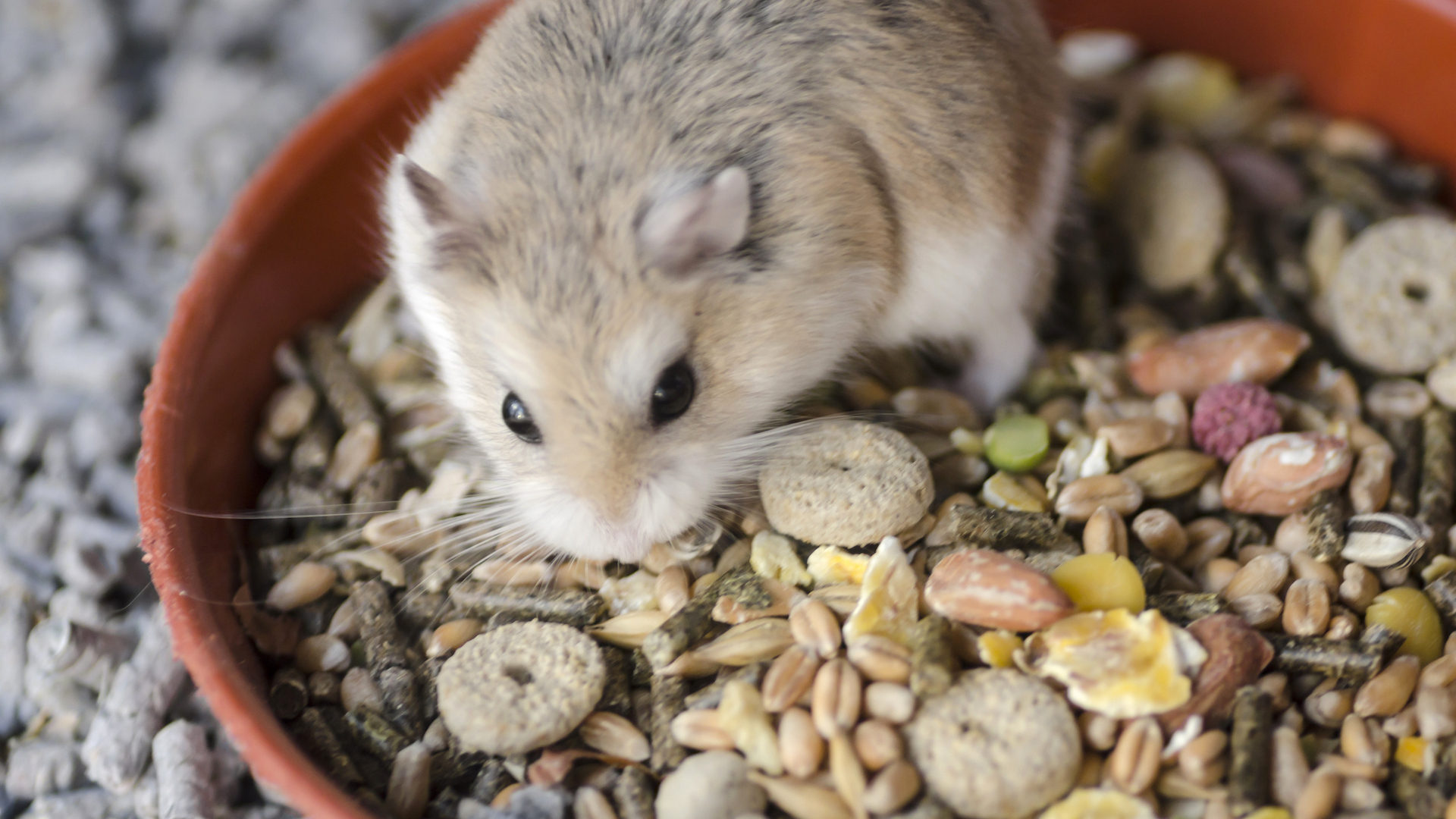
There are two issues with overfeeding. Uneaten and wasted food is unnecessary expenditure, while if your pet eats more than he should, obesity beckons. This is not only bad for his health, but could be bad for your wallet too as you deal with long-term illness.
With small pets such as rabbits and hamsters, only feed what they should eat in a day. Small hamsters, for example, should only eat around a tablespoon of food. They are likely to squirrel away the rest, in the unlikely event of starvation, which you will clean up before they ever get round to eating it.
Another tip with small pets is to avoid the muesli mixes as they will just pick out the bits they like and leave the rest. This is both wasteful on your budget, and means they will miss out on vital nutrition.
16. Ward off destructive behavior
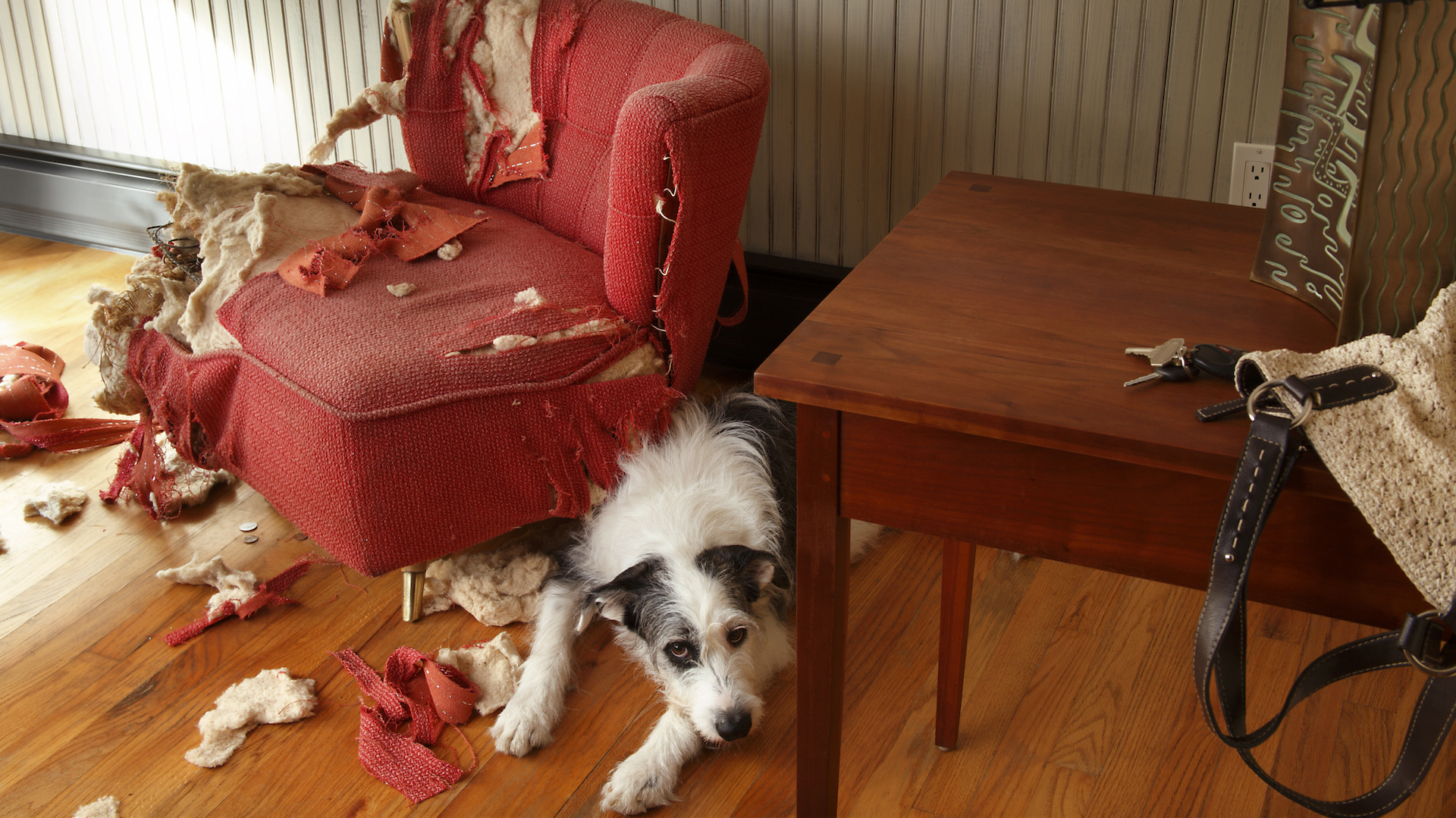
I once had a rescue dog whose favorite pastime was to shred our soft furnishings. She loved nothing more than ripping a cushion open and plucking out the feathers. Shoes and socks were other targets. While replacing these items didn’t strictly come out of the pet budget, I knew full well that it was thanks to the dog that our household spending was over the top.
Since this experience, I have been very firm on my pets only chewing on items that are given to them like some of the best long-lasting dog chews and best dog chew toys rather than helping themselves. As a result, our household is much tidier and there is less unforeseen and unnecessary expenditure.
17. Obey the law
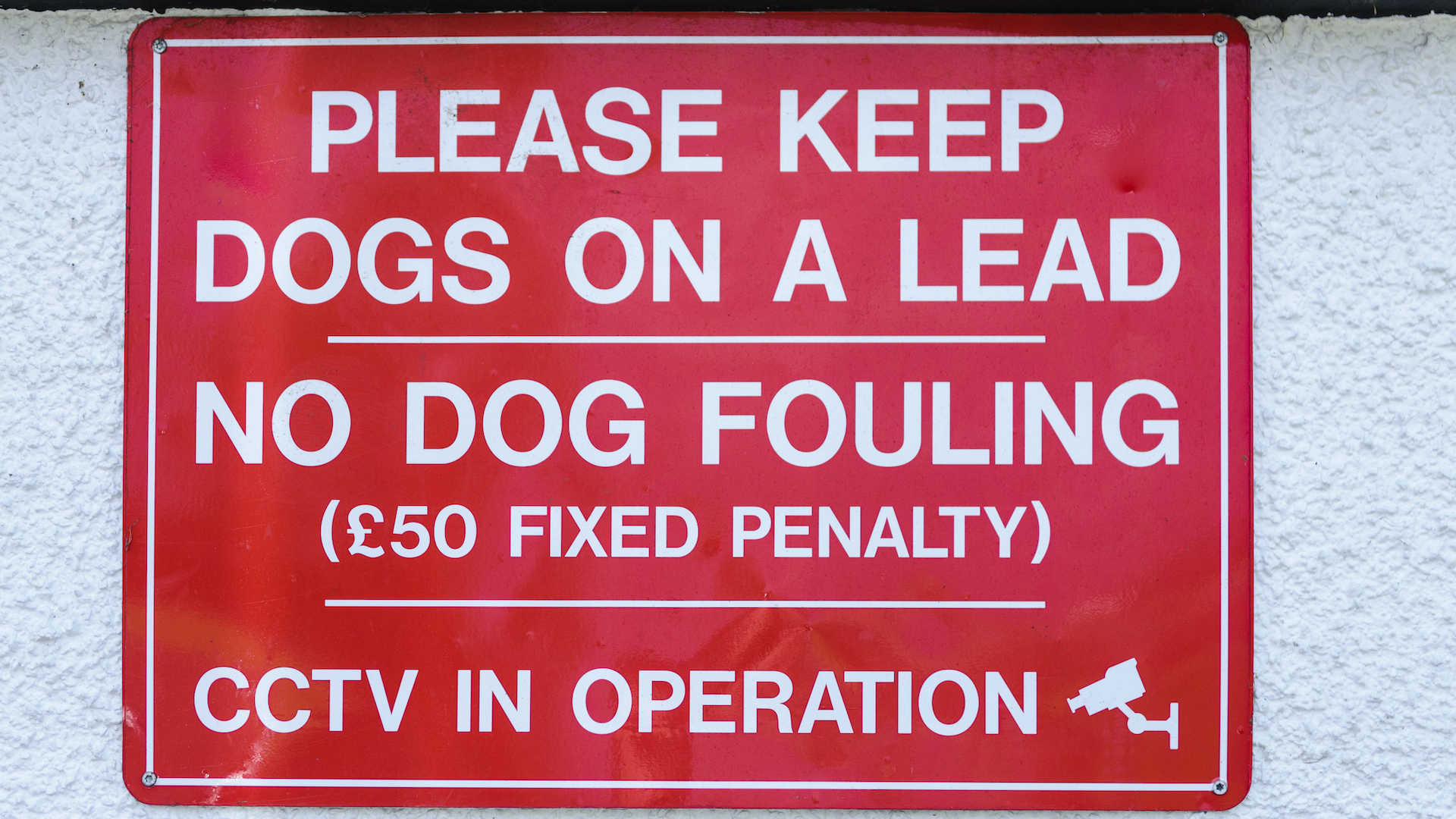
Wise up on the local laws around how your pet behaves in public. There are large fines for not picking up poop, as well as your dog not wearing a collar and tag. Fines are always galling as they are avoidable expenditures. Check the laws in your area as they vary.
18. DIY grooming
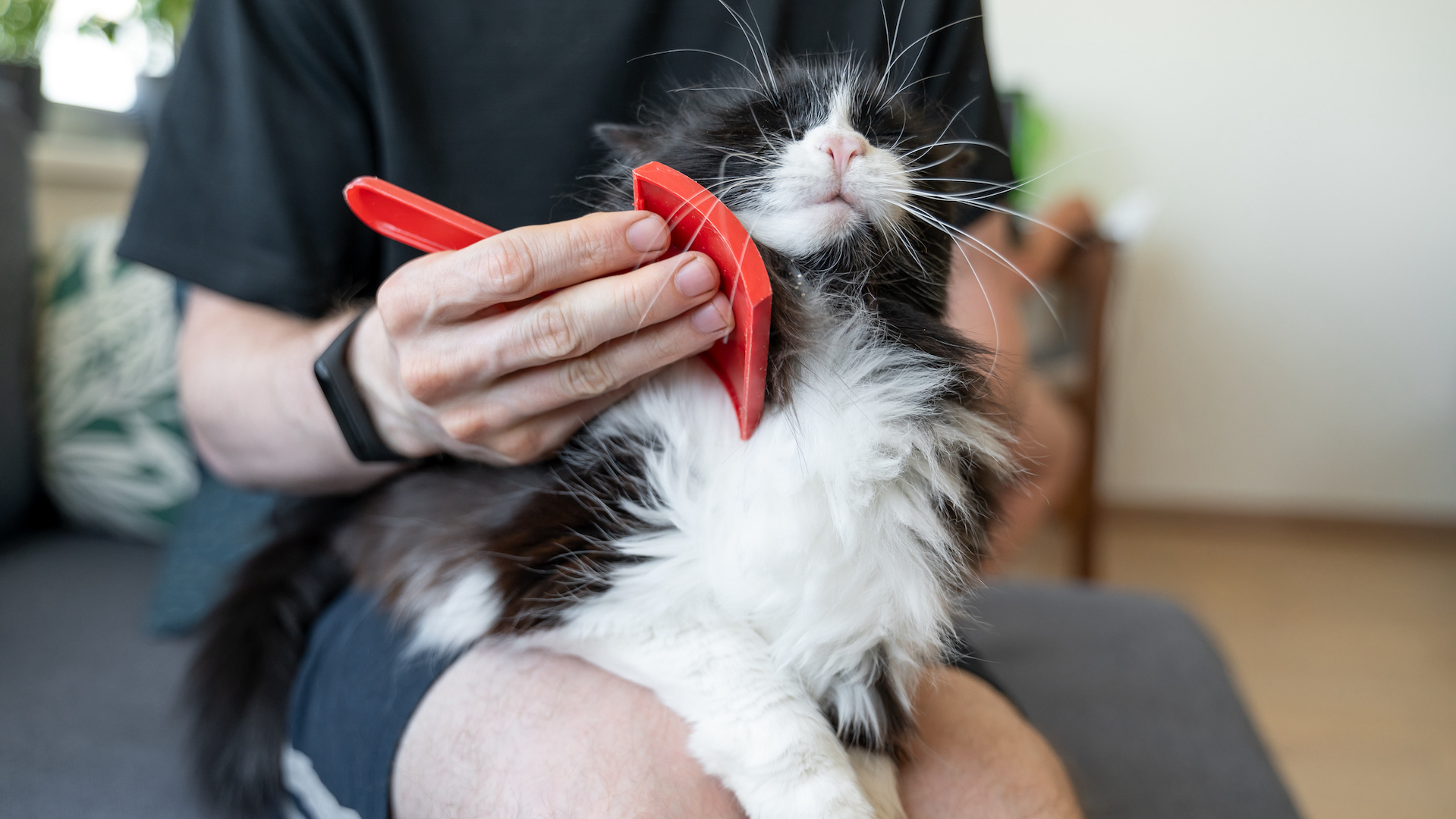
Not all animals require regular extensive grooming, but for those that do, it doesn’t come cheaply. A professional salon may do a wonderful job in making your pet look fantastic, but washing and brushing is certainly something you can do at home yourself with the right kit. It’s also a great way of checking over your pet for lumps and bumps, and for bonding. Learn how to groom your dog at home and you’ll save cash.
19. DIY manicure
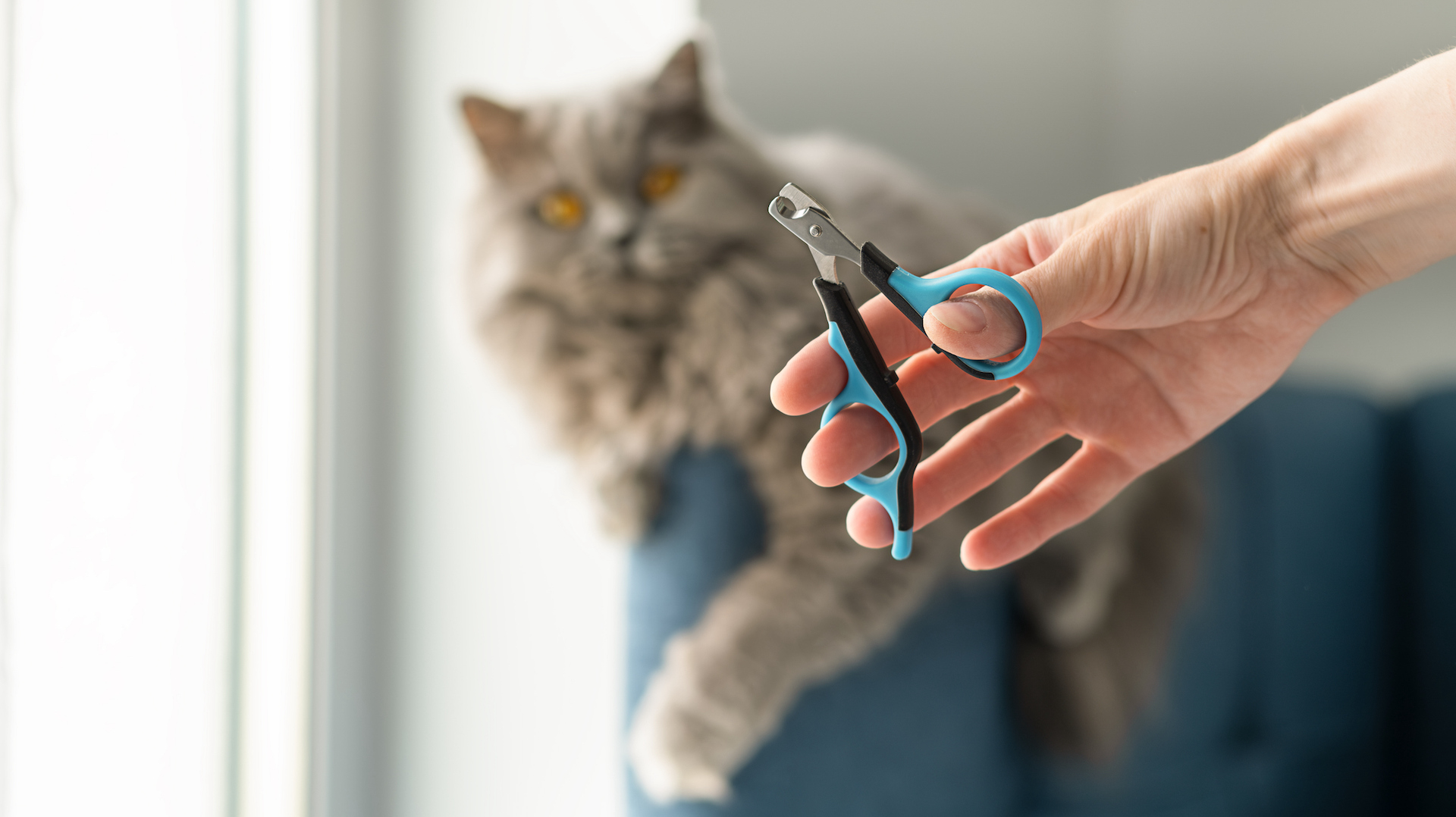
Many pets require their nails or claws to be clipped, and it’s something you can do at home, rather than paying out at the vet or salon. It requires a bit of technique – here’s how to clip a dog’s nails and how to clip a cat’s nails – and with a bit of practice and skill, you can skip a trip to the salon and save money.
20. Homemade toys
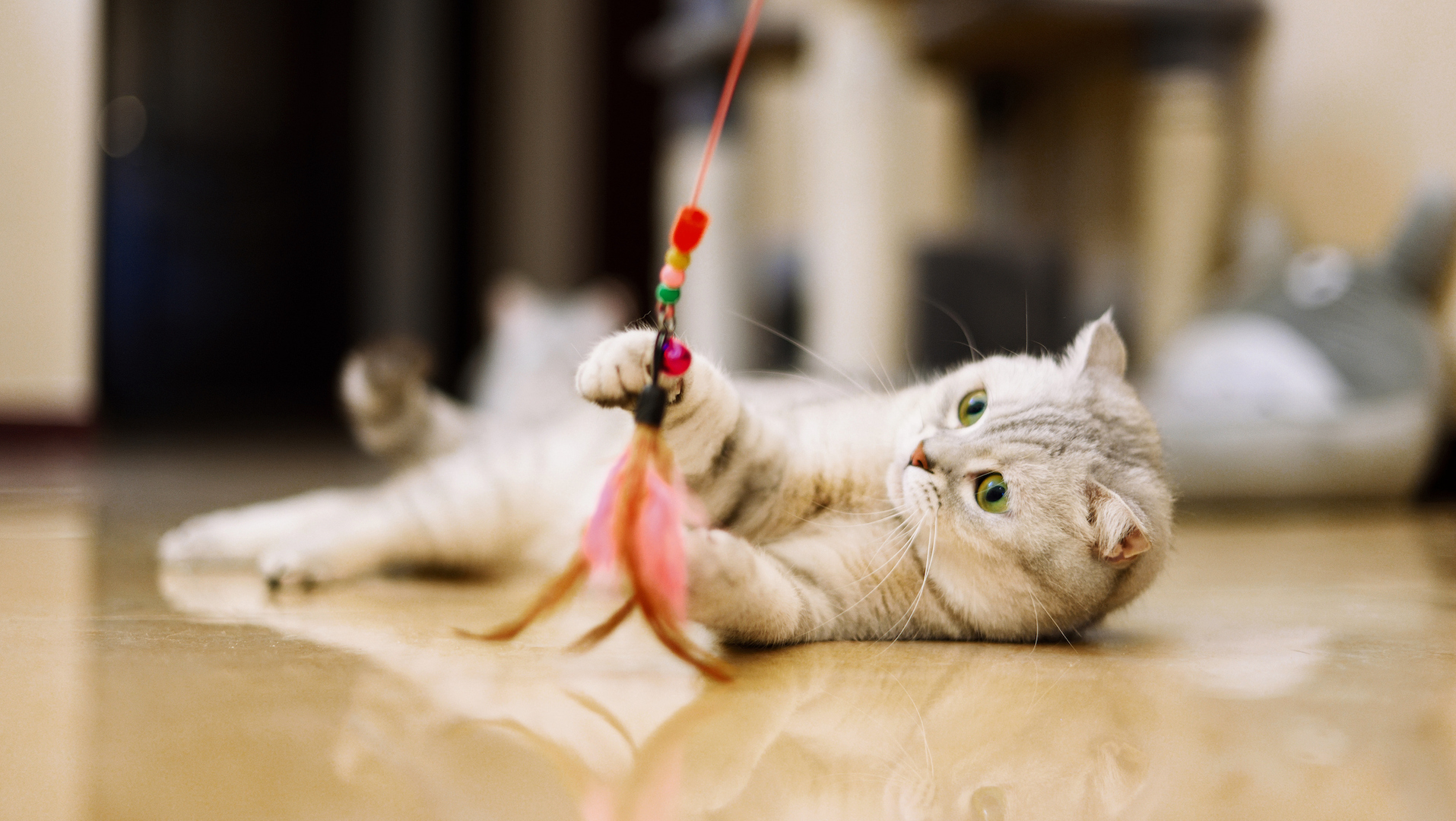
All toys are pricey, whether it’s for a child or a pet, but given that many pet versions are destroyed in moments, how about making them yourself? There are loads of ideas online for crafting toys out of paper towel rolls and treats – saving you money and lessening the frustration when it’s ripped to shreds.
You can attach feathers found in the backyard to a stick to amuse your cat or fix rolls together to make a tunnel for your hamster. Stuff an odd sock with a tennis ball, tie a knot and you have a super toy for your dog. The scope for giving new life to old household items is endless.
We’ve got ideas for DIY dog toys, DIY puppy toys, DIY cat toys, DIY kitten toys and DIY hamster toys.
21. Don’t buy new
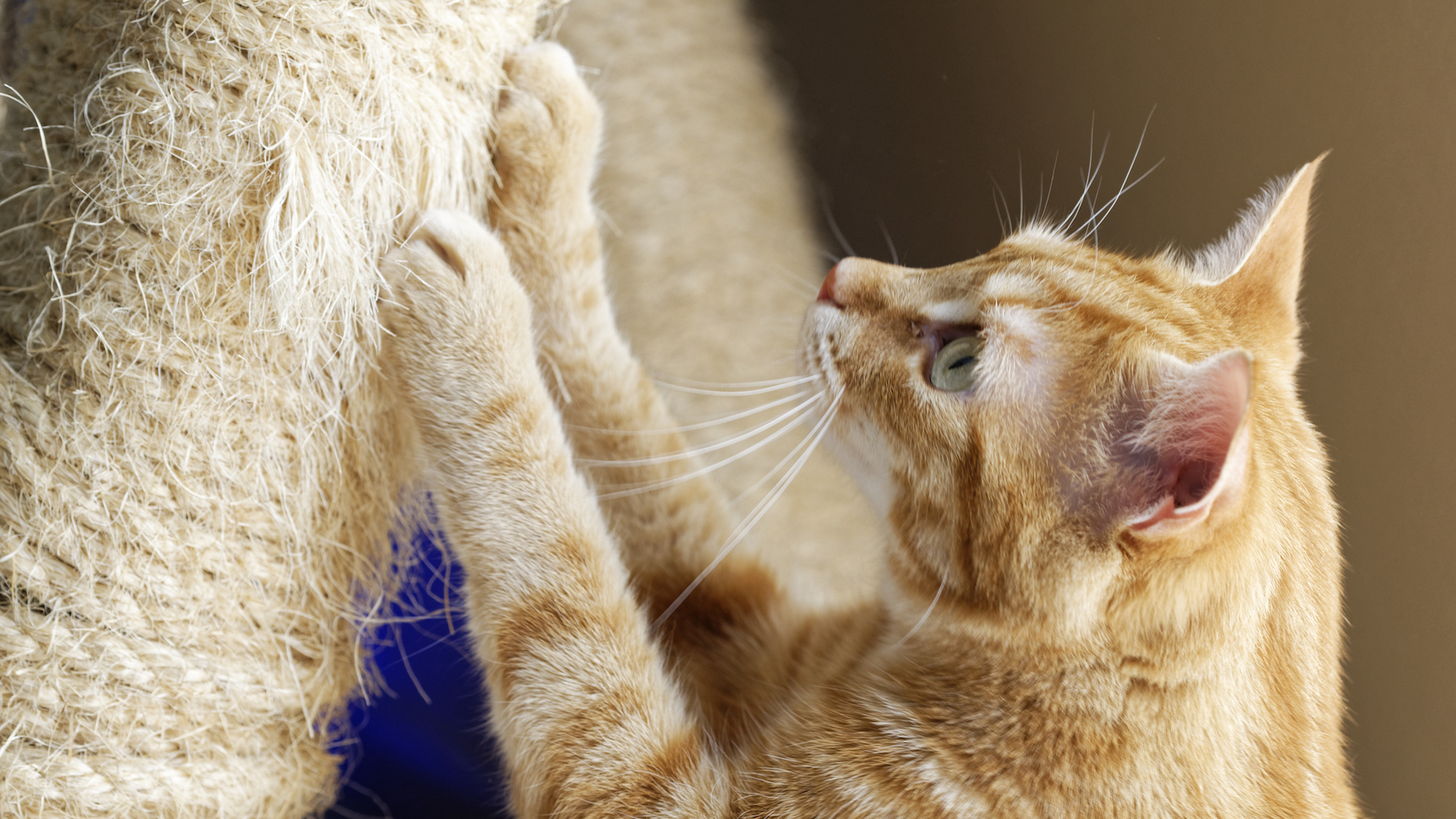
The early days of a new pet are undeniably expensive. Not only do you shell out for the animal itself but there are all the associated costs, the new basket or hutch, feed bowls, crates, harnesses, and leashes. If your budget is limited, try to get as much as you can second-hand.
Sadly the cycle of life means that most of us outlive our pets several times over, so there are often spare bits of supplies in great condition for a new home. Hamster cages, rabbit hutches, cat scratching posts, and dog crates are all examples of large items that can be passed on – either at a reduced second-hand price or even free.
22. Make do and mend
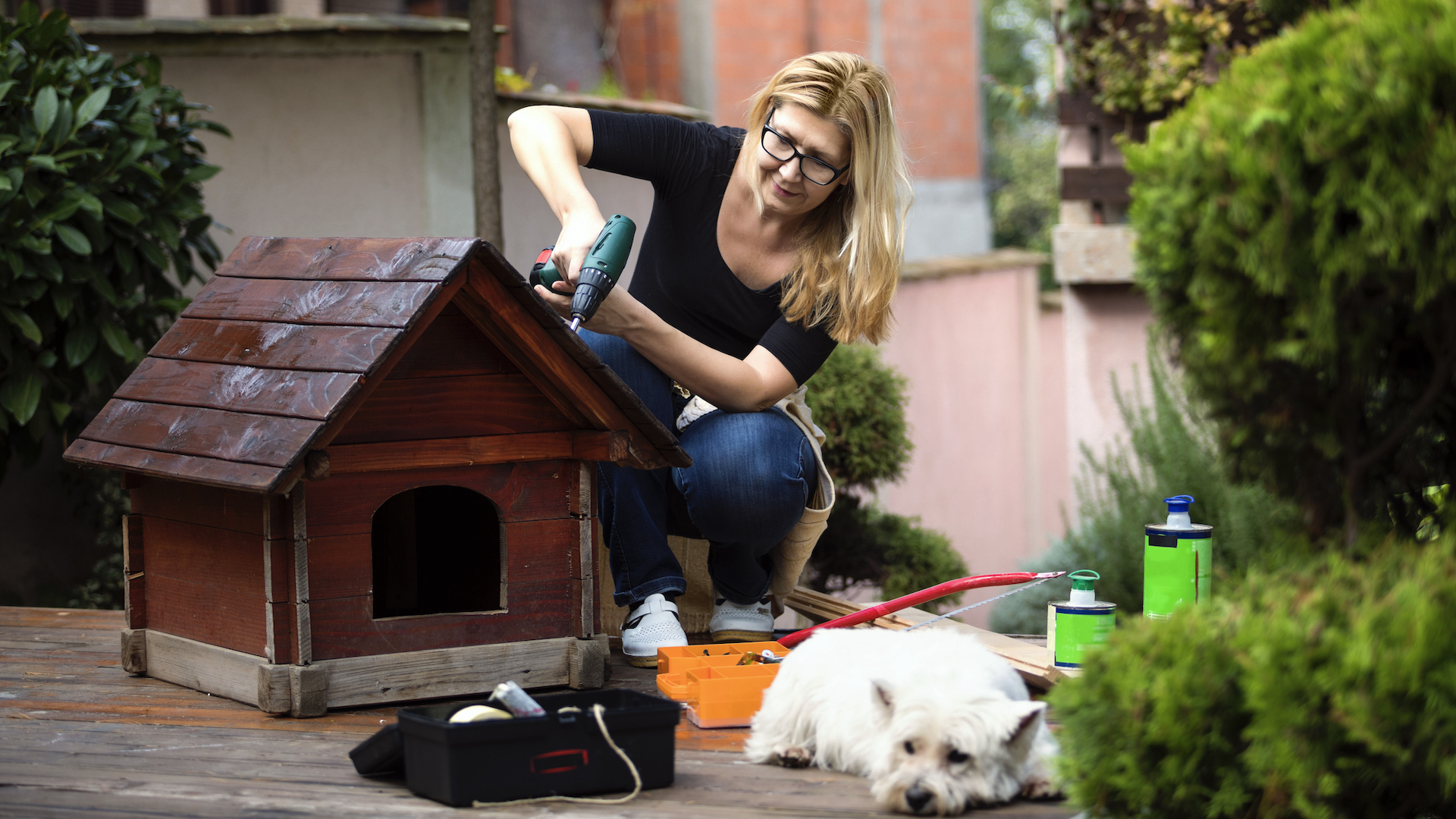
In our consumer society, we have rather lost the art of fixing items and instead toss broken things in the trash and head to the store to replace them. Many items can be mended with a bit of creativity and a crafty hand, so ask yourself whether you would prefer to spend an hour fixing, or hard-earned cash on buying new – plus, it‘s better for the environment to reduce landfill.
23. No need for dog-walkers

We have a dog because we want to spend time with them, right? Alas, commitments mean that it’s not always possible to walk our dog every day, but it’s worth making this a priority, especially if this means you don’t have to shell out for a dog-walker.
Since the COVID-19 pandemic, remote working has become a more viable option for many office employees, meaning you can more easily get out for a walk during the daytime. Otherwise, try to fit it in early morning or in the evening; or consider popping home during your lunch break.
It’s also worth making friends with locals with dogs and come to a reciprocal arrangement for dog-walking to cut costs.
24. Always shop around
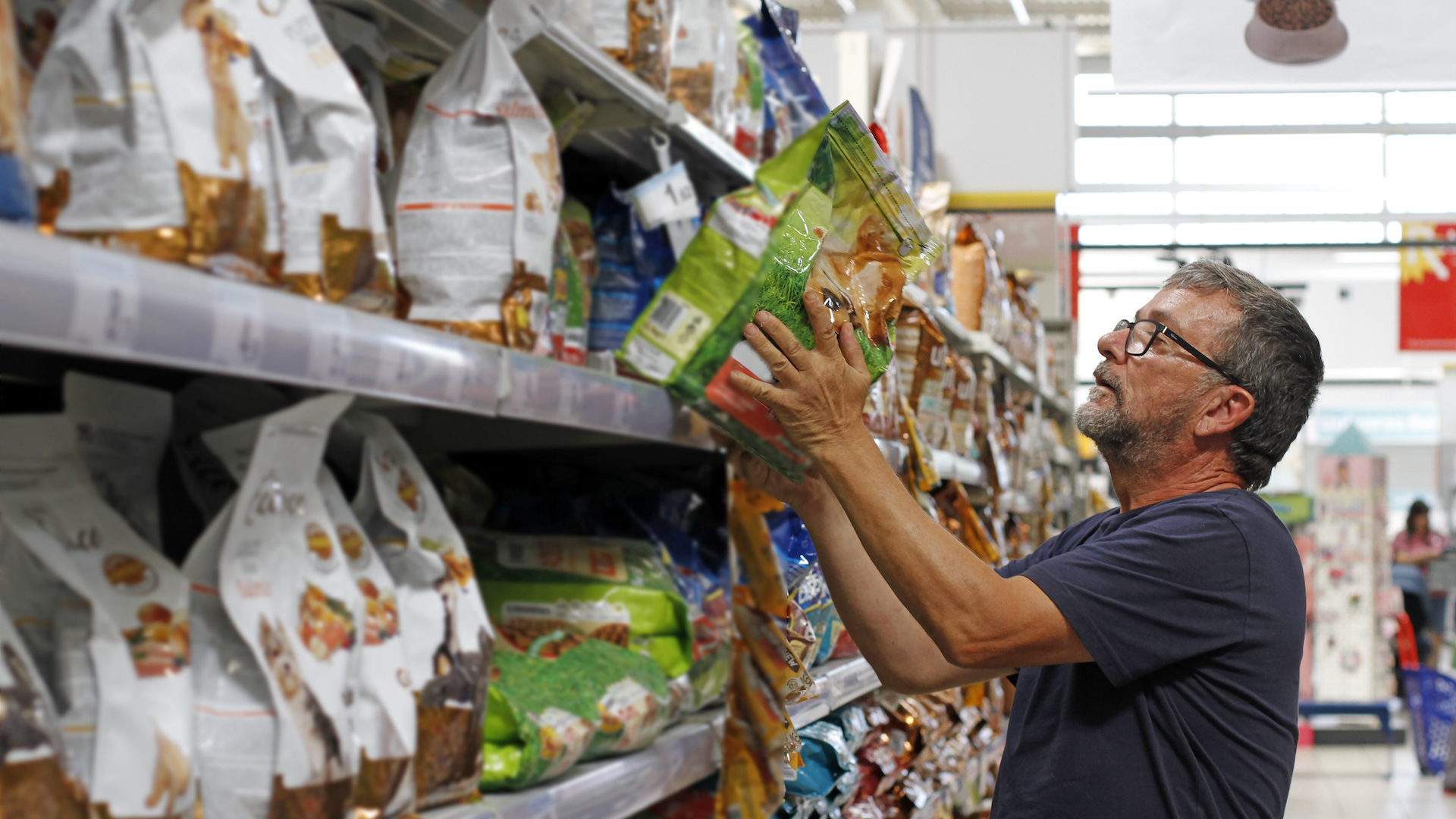
Familiarity is a comfortable place but it may make financial sense to step outside your comfort zone and make sure you’re really getting the best deal. New customers are often offered discounts, so it may mean switching around as you fish for the best price.
25. False economy of cheap food

Food is one area on which I’m not willing to compromise. High-quality food means less waste, better taste, and – in my experience – smaller, neater droppings to clear up. Cheap food is often padded out with fillers and poor-quality meat or meat meal.
I believe in giving top-quality pet food, and that it could even save money in the long run as it is more likely to ensure better health. However, that doesn’t mean you can’t shop around for deals on whatever food you deem appropriate!
26. Worming program
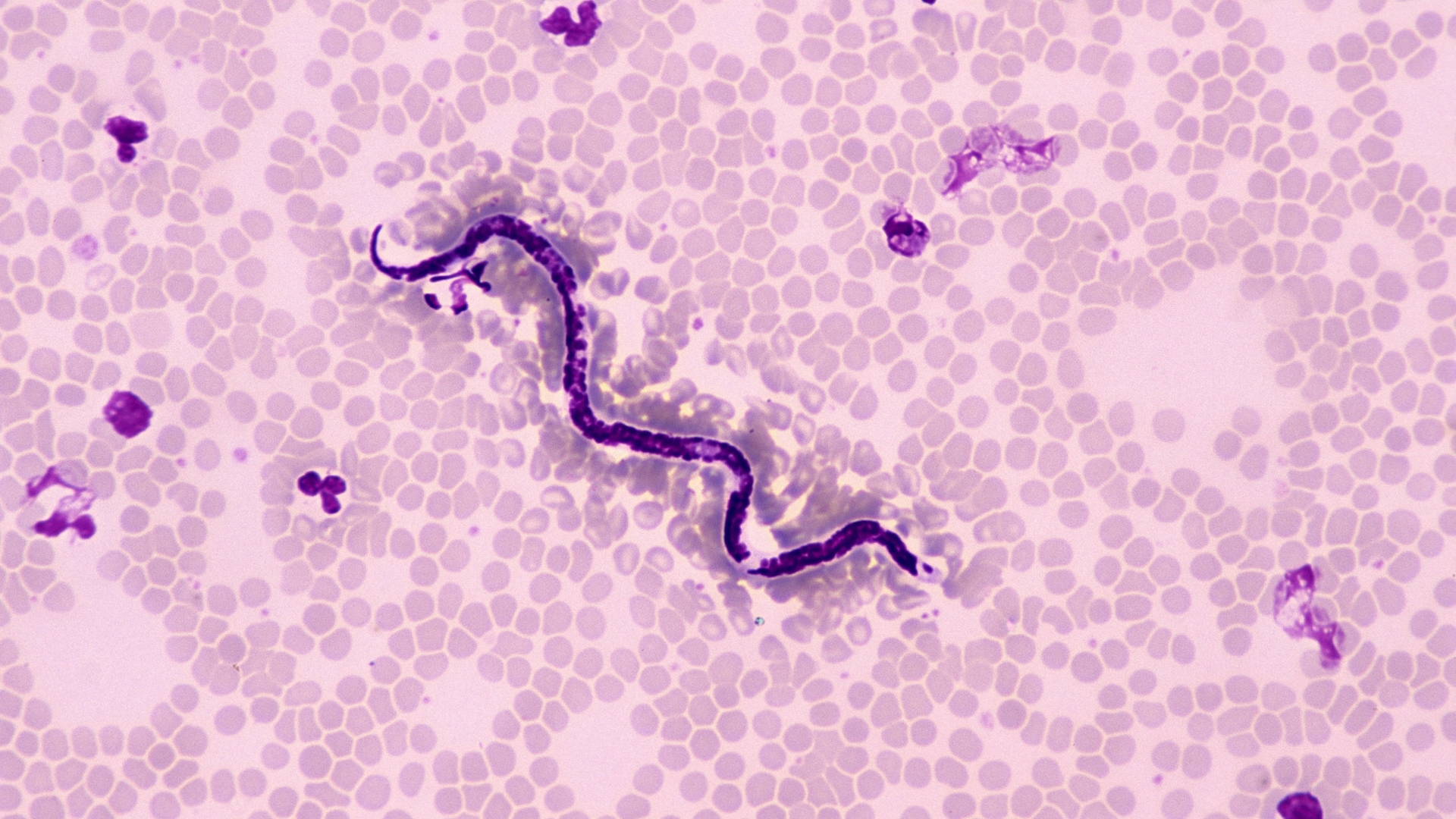
I once made the mistake of thinking I could save a few pennies by not worming my dog regularly. He wound up contracting lungworm – which can be caught from snails, slugs, and frogs and if untreated is typically fatal. While my insurance did cover most of the ensuing operation and treatment, it was an additional cost and enormous worry that I could have done without.
Plus, we narrowly avoided the ultimate heartache. Since then I have always followed my vet’s advice on worming, as I know I have a dog that is liable to snuffle around and eat things out on walks that might cause problems.
27. DIY clipping
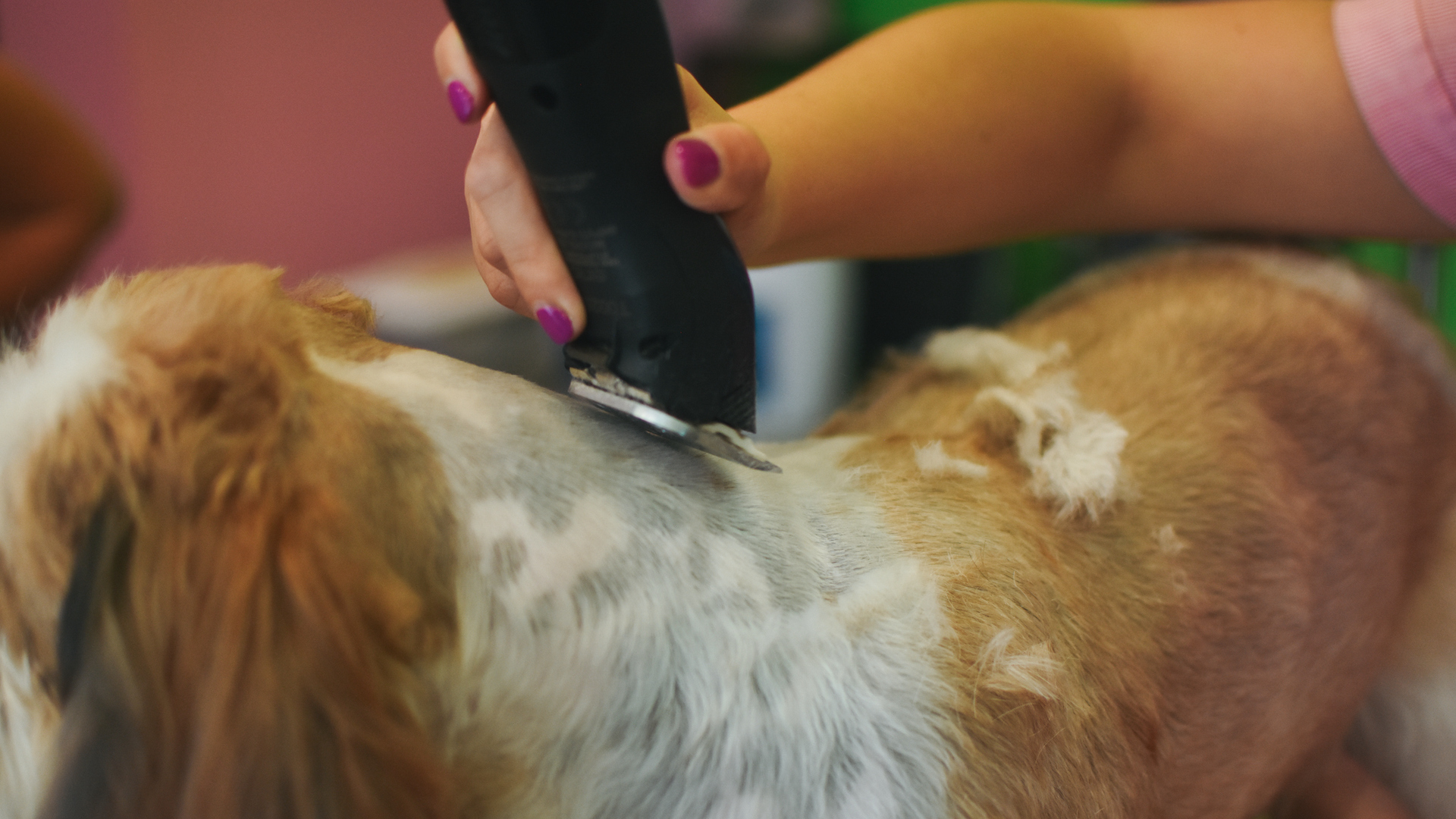
If you have a dog with a coat that benefits from regular trimming or shaving, such as poodles and their cross-breeds and some of the water spaniels, it’s well worth making the investment in a good pair of clippers. They will quickly pay you back your salon fees.
28. First-aid kit
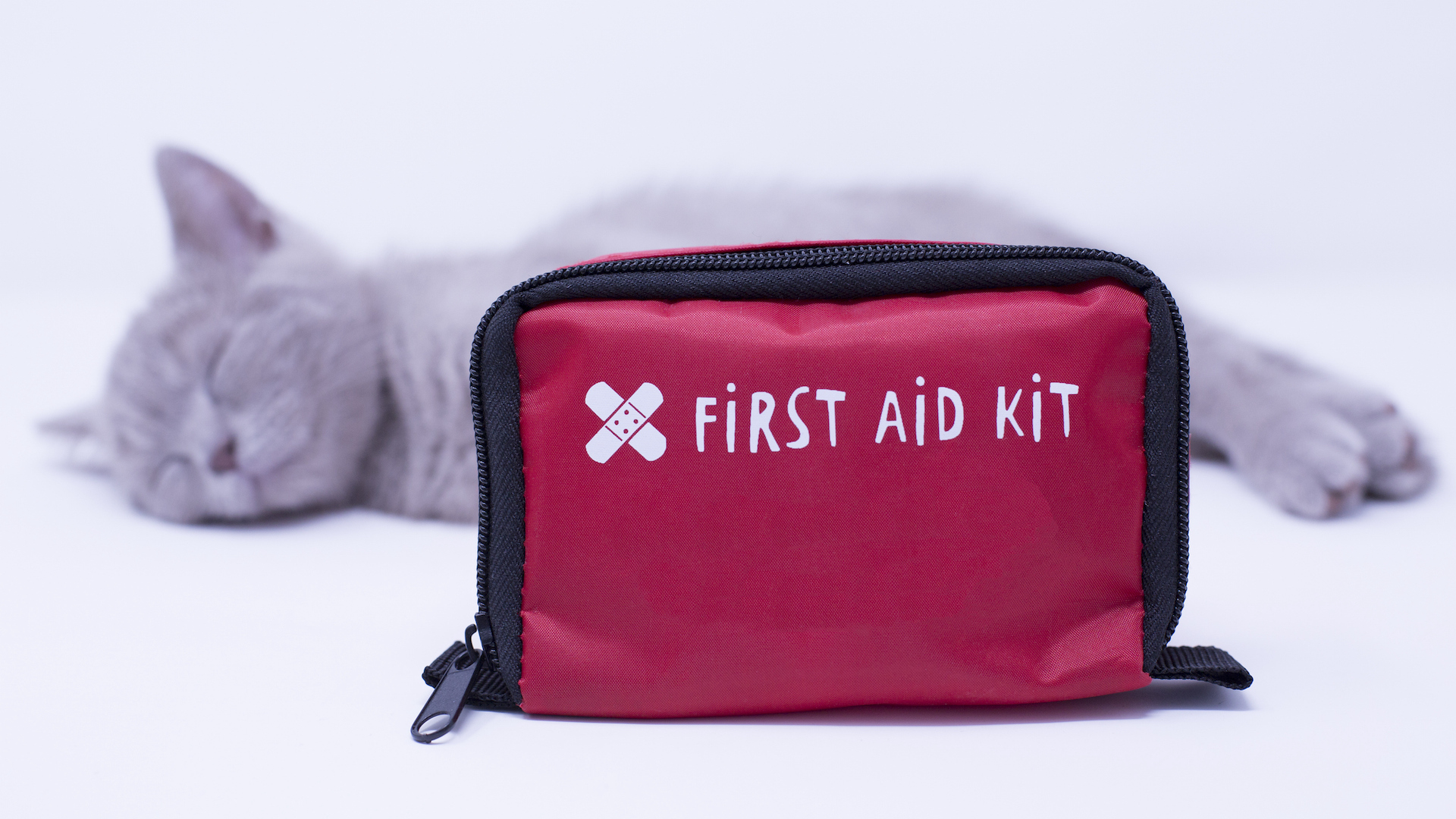
Just as with people, many minor cuts, scrapes, and grazes can be treated at home with a decent first-aid kit and some common sense. Superficial wounds can be washed with a saline solution and kept clean, without the need to splash out at the vet.
Of course, if there is any concern about the severity of the situation or a minor injury does not start to improve quickly, always consult your vet. But anyway, it’s good practice to have a pet first-aid kit for immediate action.
29. No impromptu purchases

Before you head to the pet store, whether it’s online or in person, write a list of what you actually need and intend to buy. And stick to it! It’s all too easy to get distracted by the bright and shiny items designed to lure their way into your basket and you find you emerge from the shop having spent four times what you thought you would. Say no to impulse buying and your wallet will thank you.
30. Flea prevention
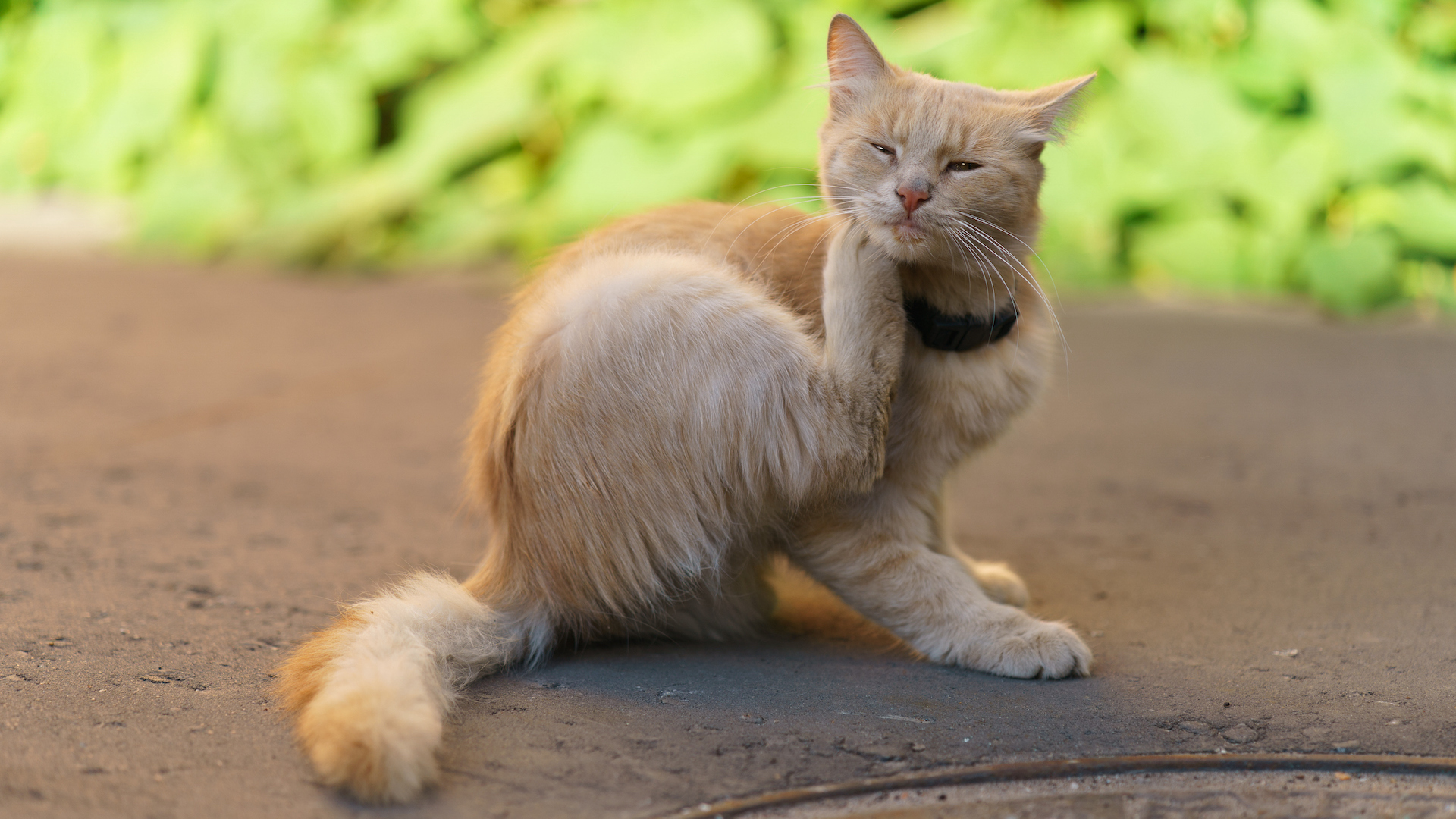
If you have ever had a flea infestation you’ll know quite how troublesome these blighters are, both in terms of maddening your pet and getting rid of – and how much money you can spend doing so. First, you try vacuuming, then buying expensive sprays and powders and finally, you call pest control.
Instead, stop the problem from ever occurring. Even the best flea collars for dogs and the best flea collars for cats are relatively inexpensive.
31. Good hygiene
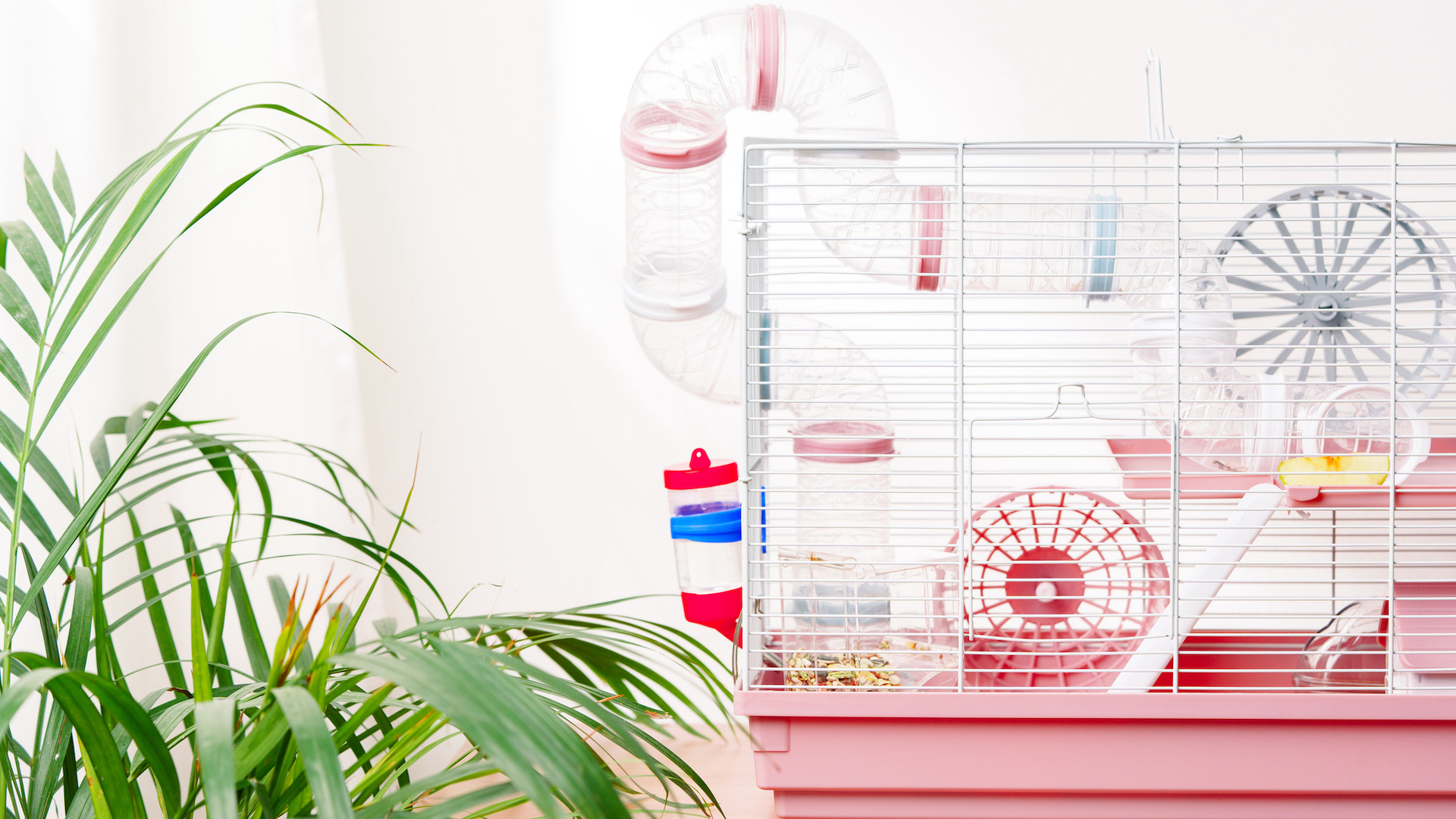
Good hygiene can help you keep a tight budget, especially with smaller pets. I find that if I keep on top of the droppings and wet patches in the hamster and rabbit hutches on a daily basis, I go through less bedding overall – plus it’s a much healthier and happier environment for pets to live and sleep in.
Here are some tips on how to clean a hamster cage.
32. Healthy foraging
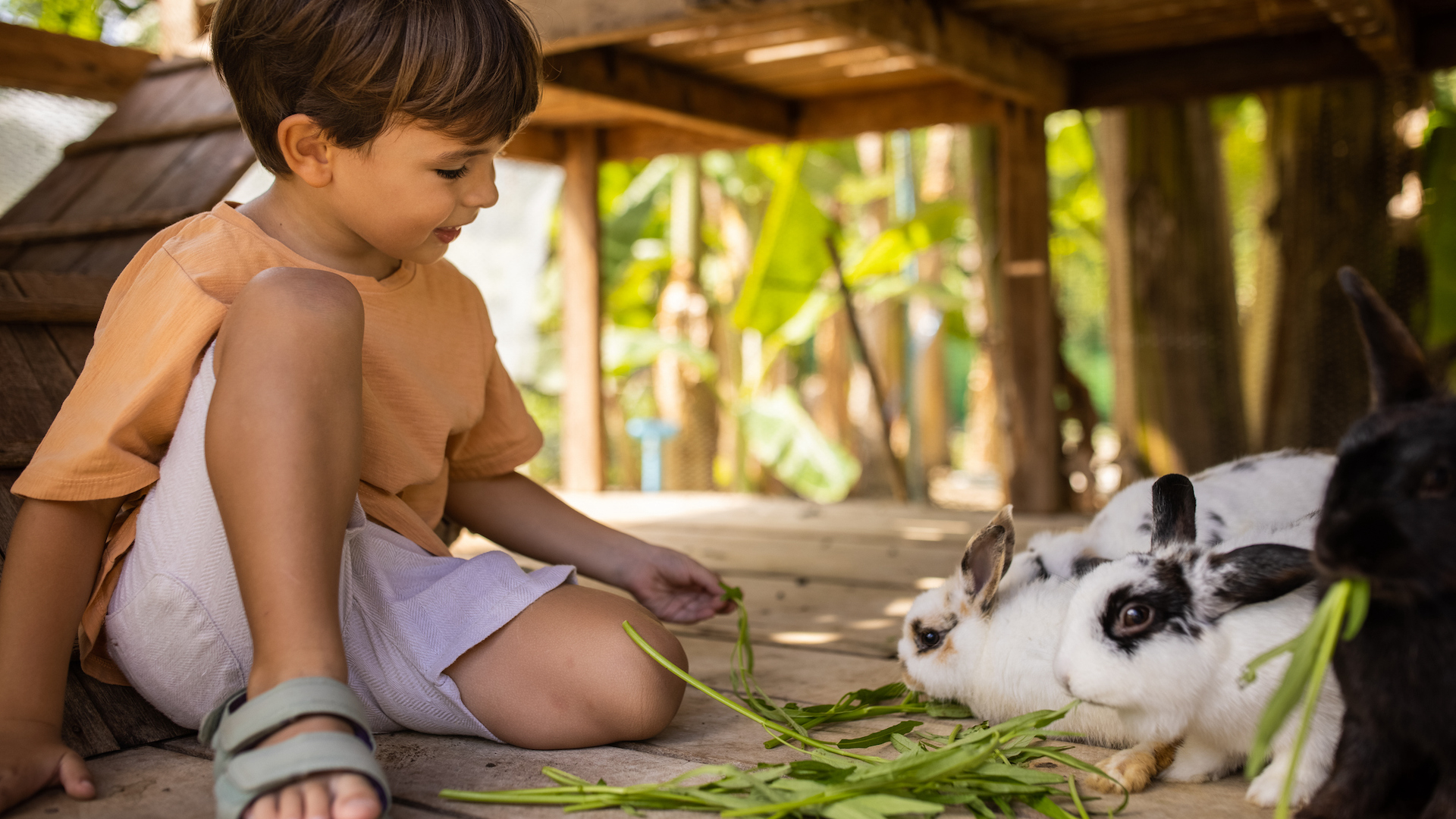
While we wouldn’t advocate feeding leftovers from the table to your cat and dog because of the potential for unsafe foods, there are some instances when healthy scraps can provide wholesome treats in your pet’s diet. There are some surprising things your dogs can eat besides dog food, however.
When it comes to smaller pets, I like to gather twigs of willow, birch, bramble, and sprigs of dandelion, while out on a walk, as well as organic carrot tops from my dinner, to supplement my rabbits’ diet. They love chewing on these natural plants as it mimics their natural foraging, while also meaning I don’t spend money on expensive, often sugary, treats in a plastic packet from the store. Always check that any plants are safe for your pet to eat.
Want more advice? Here's how to be a good cat owner.
Martha is an experienced journalist working in both print and digital media. She specializes in the canine, equine and rural sphere where she has covered a wide range of topics from cloning animals and the ingredients for a perfect yard dog, to helping owners find the best canine GPS trackers on the market. When she’s not busy writing about dogs and horses, she’ll be found either aboard a horse or looking after the menagerie of pets in her care.
